
# Χειμερινός κόσμος
Νόμοι για τα χειμερινά ελαστικά
Πότε είναι υποχρεωτικά τα χειμερινά ελαστικά στην Ε.Ε;
- Ήρθε η ώρα να μεταβείτε στα χειμερινά ελαστικά όταν πέφτουν οι θερμοκρασίες
- Γενικά, συνιστάται η εναλλαγή σε χειμερινά ελαστικά μεταξύ Οκτωβρίου και Απριλίου
- Εάν έχετε αμφιβολίες, κάντε την αλλαγή τη στιγμή που καθορίζεται από τους τοπικούς νόμους και κανονισμούς
Καθώς τα φύλλα γίνονται καφέ, οι μέρες γίνονται πιο σύντομες και ο αέρας γίνεται πιο κρύος, ξέρετε ότι ο χειμώνας είναι κοντά. Αυτό σημαίνει ότι είναι καιρός να αλλάξετε τα ελαστικά του οχήματός σας με χειμερινά. Πιθανότατα γνωρίζετε ότι τα χειμερινά ελαστικά – που μερικές φορές αναφέρονται ως ελαστικά χιονιού – είναι υποχρεωτική απαίτηση σε πολλές ευρωπαϊκές περιοχές, αλλά πότε και πού γίνεται υποχρεωτική η αλλαγή;
Μάθετε πότε πρέπει να αλλάξετε τα ελαστικά του οχήματός σας – μπορείτε να δείτε πιο κάτω για να δείτε πού στην Ευρώπη απαιτούνται τα χειμερινά ελαστικά.
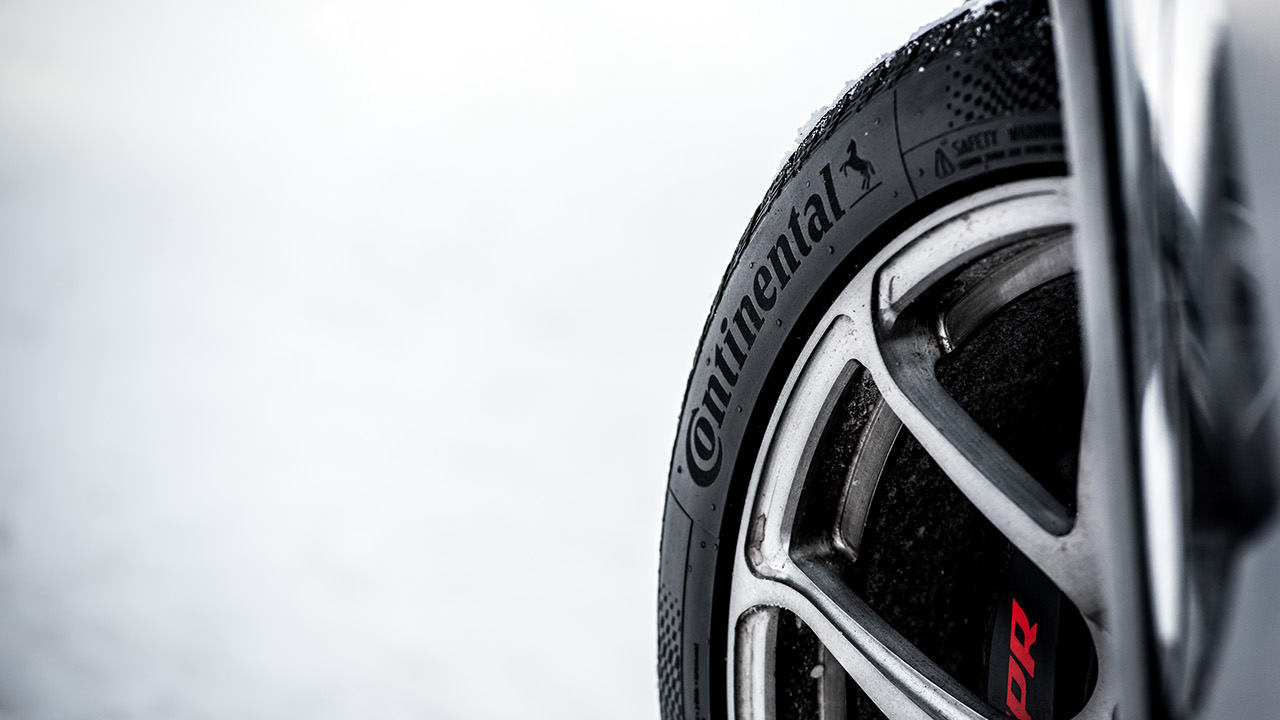
Πού είναι υποχρεωτικά τα χειμερινά ελαστικά στην Ευρώπη;
Όταν πέφτουν οι θερμοκρασίες, τα χειμερινά ελαστικά εξασφαλίζουν πολύ μεγαλύτερη οδική ασφάλεια σε σύγκριση με τα καλοκαιρινά ελαστικά. Μπορείτε να τα επιλέξετε, ώστε να μπορείτε να βασιστείτε στα ελαστικά σας σε συνθήκες χιονιού και παγετού. Ωστόσο, εάν εξακολουθείτε να μην είστε σίγουροι για την αλλαγή, ο παρακάτω χάρτης δείχνει ποιες ευρωπαϊκές χώρες έχουν νόμους για τα χειμερινά ελαστικά που τα καθιστούν υποχρεωτικά. Μπορείτε να αναγνωρίσετε τα χειμερινά ελαστικά από ειδικές σημάνσεις στο πλευρικό τοίχωμα. Μέχρι στιγμής, το γνωστό σήμα M+S αρκούσε ως ετικέτα χειμερινού ελαστικού. Το σύμβολο Alpine (3PMSF*) είναι υποχρεωτικό για χειμερινά ελαστικά ή ελαστικά παντός καιρού που παράγονται από την 1η Ιανουαρίου 2018. Κατά τη μεταβατική περίοδο έως τις 30 Σεπτεμβρίου 2024, τα ελαστικά M+S επαρκούν. Επιλέξτε τη χώρα σας από τη λίστα για να ελέγξετε τις ακριβείς απαιτήσεις.
* Το σύμβολο 3PMSF σημαίνει σύμβολο 3 Peak Mountain Snowflake

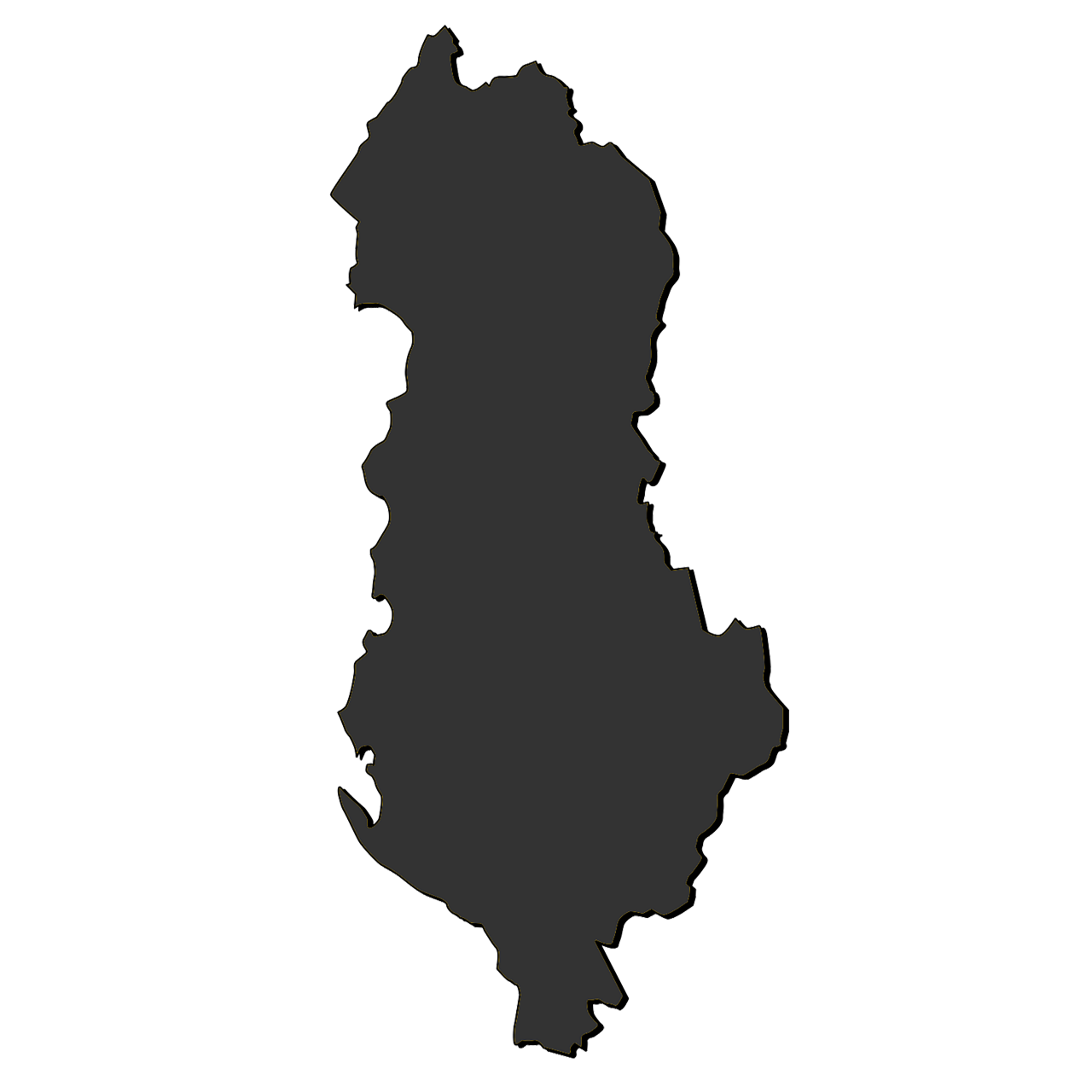
- Winter tires not mandatory
- Studs not allowed
- Snow chains for drive axle must be carried in the vehicle
- On mountain roads, it is recommended to use winter tires from 1.11.–30.04.
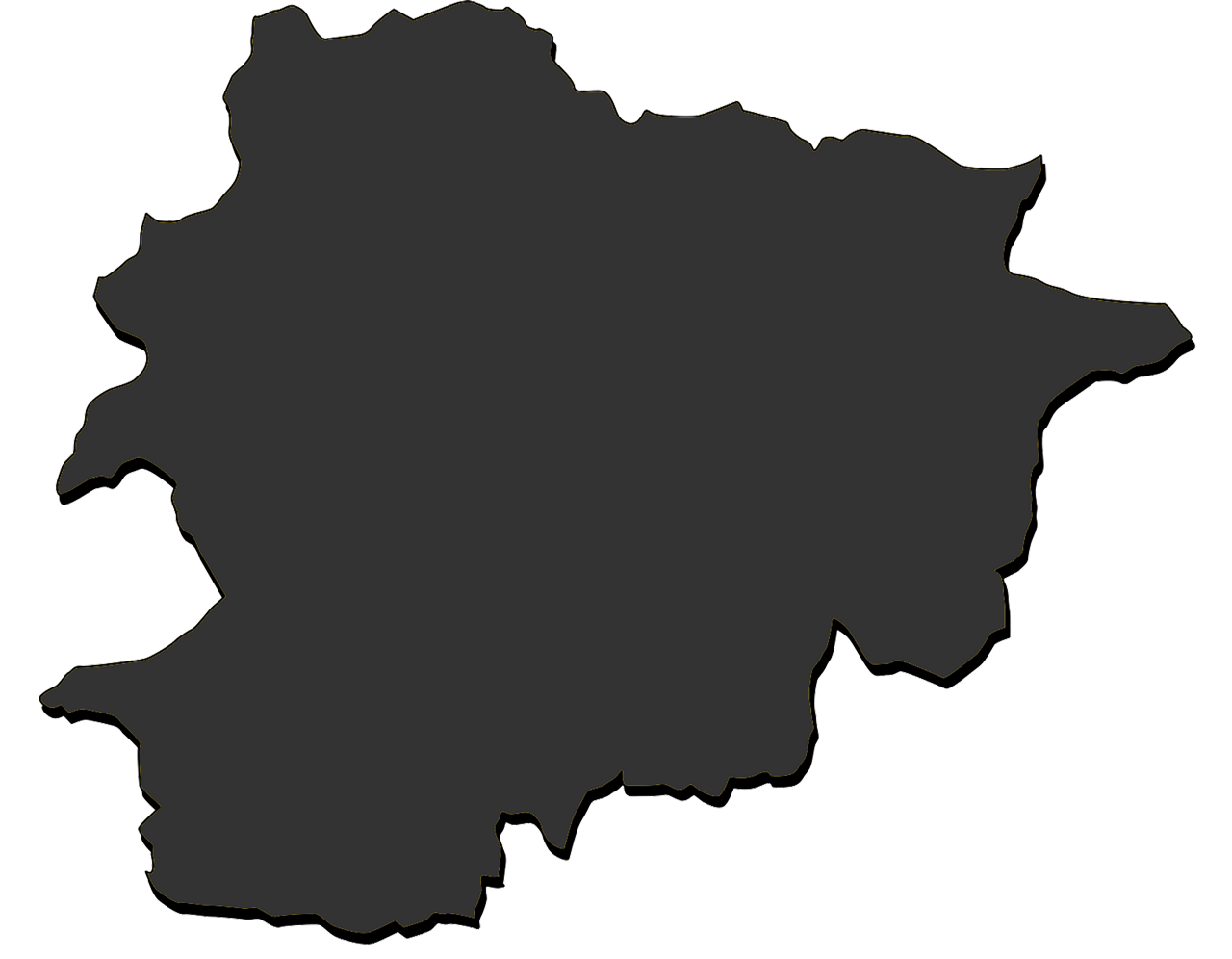
- Winter tires not mandatory
- M+S and Alpine symbol (3PMSF)
- Snow chains, indicated by road signs
- Snow chains must be used if winter condition or signs indicate
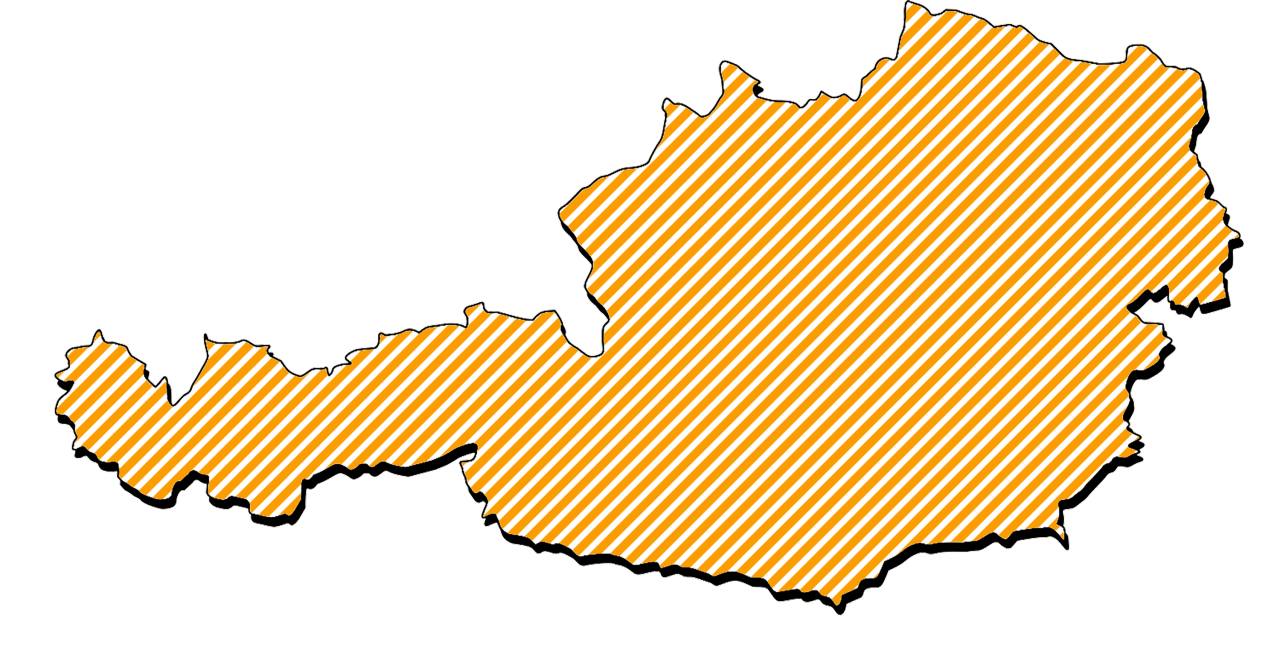
- Situationally depending on wintery road conditions from 1.11. – 15.4.
- Valid up to 3,5 tons vehicle weight
- M+S marking
- Min. tread depth: 4,0 mm
- If summertires are fitted chains for one driven axle are mandatory
- Studded tires are allowed from 1.11. - 15.4.
- If studded tires are fitted they are mandatory for all axles (incl. trailer)
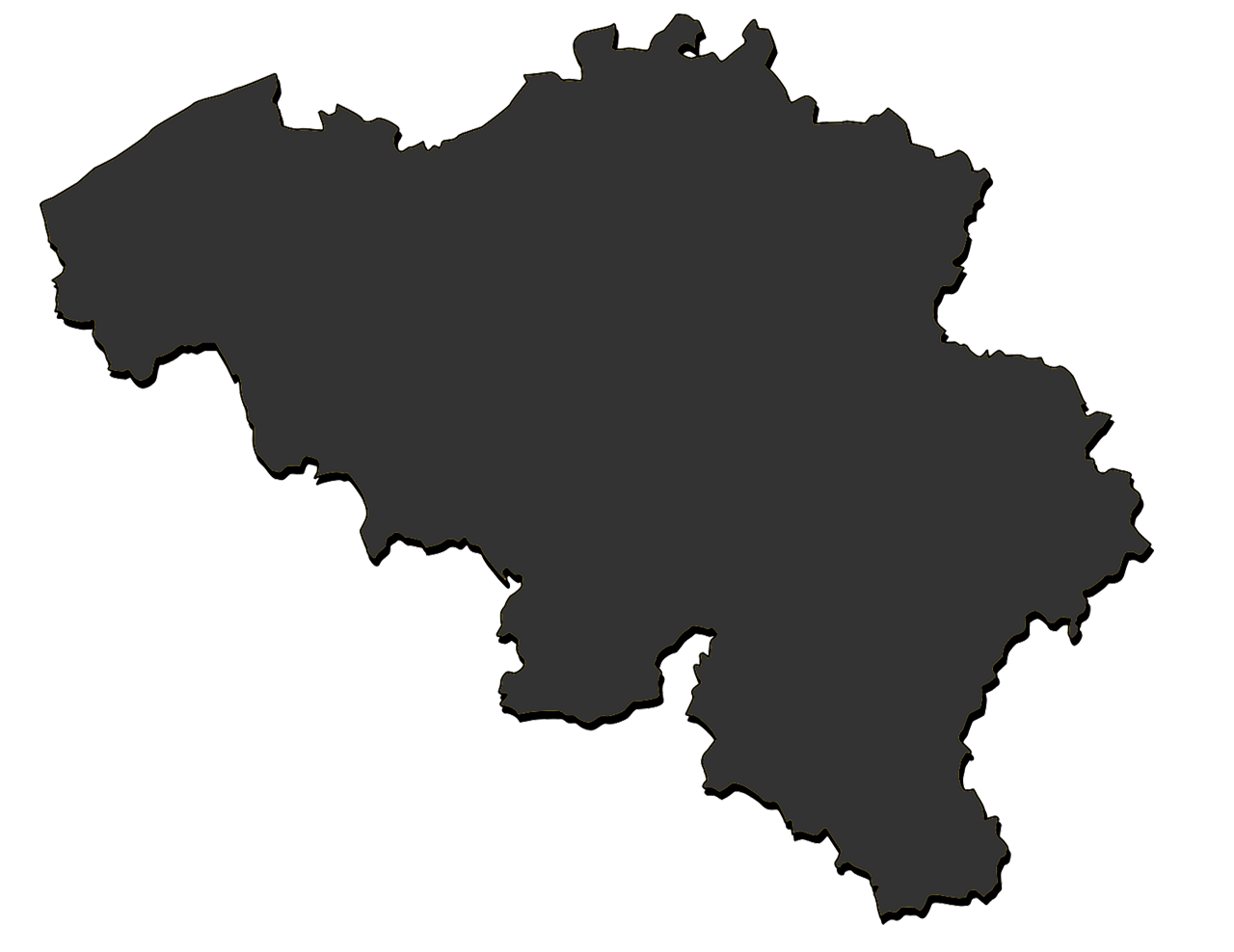
- Winter tires not mandatory
- M+S tires with lower speed index accepted from 1st October to 30st April (labeling the max speed in the dashboard mandatory)
- M+S marked tires with same/higher speed index accepted all the year round
- Alpine symbol (3PMSF) tires with smaller speed index accepted all the year round (labeling the max speed in the dashboard mandatory)
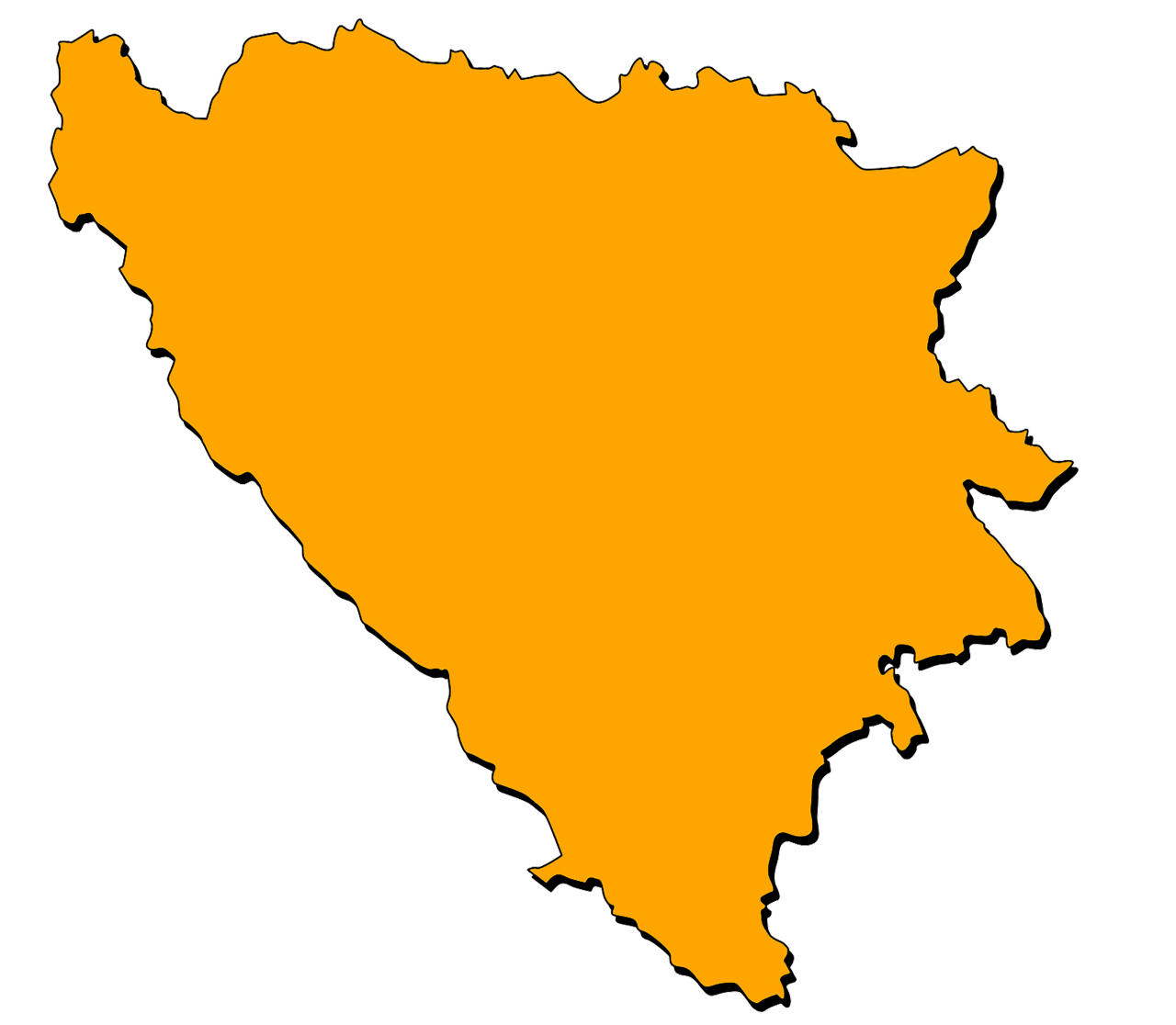
- Winter tires mandatory from 15.11.-15.04.
- Valid up to 3,5 tons vehicle weight and not more than 8 seats
- M+S marking
- Min. tread depth 4,0 mm
- Studs are not allowed
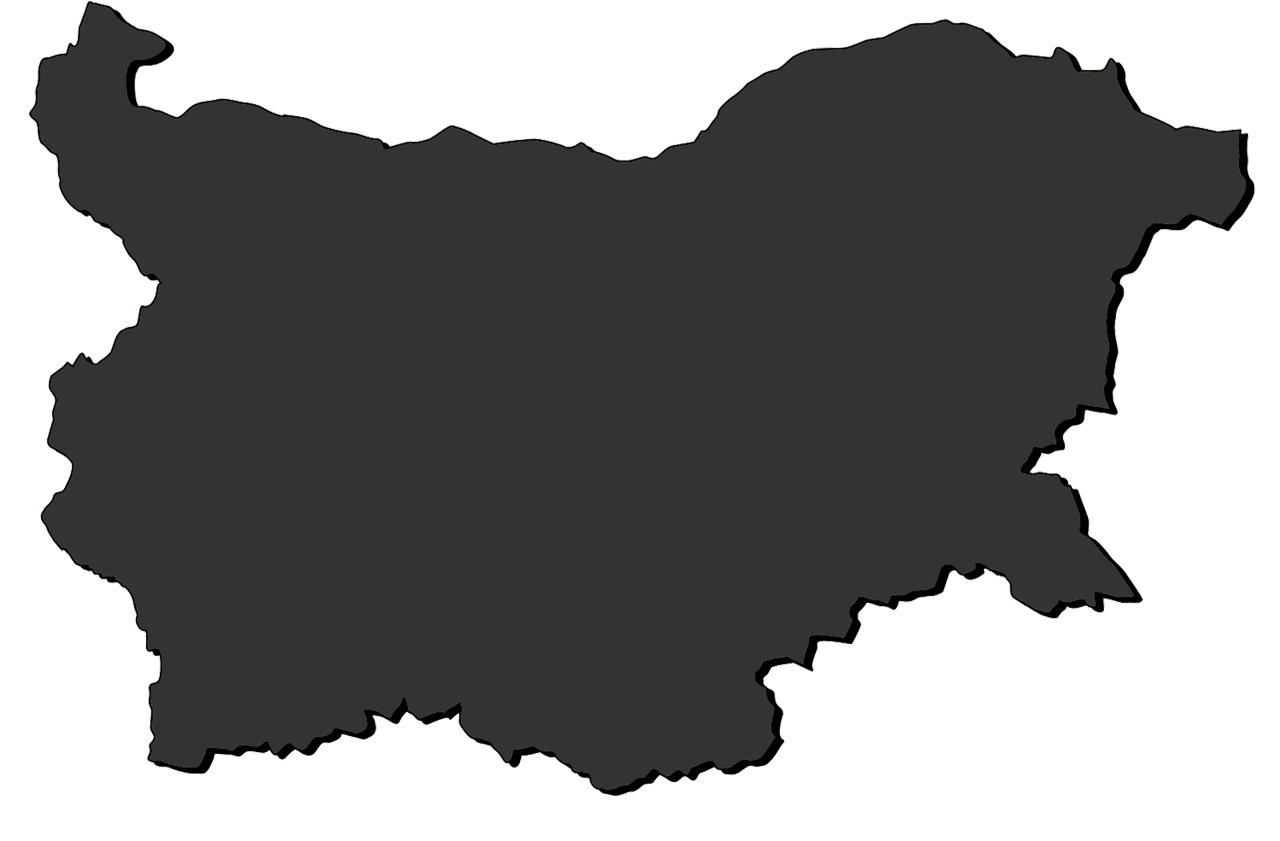
- Winter tires not mandatory
- Studs not allowed
- Min. tread depth 4,0 mm mandatory from 01.11. - 31.3.
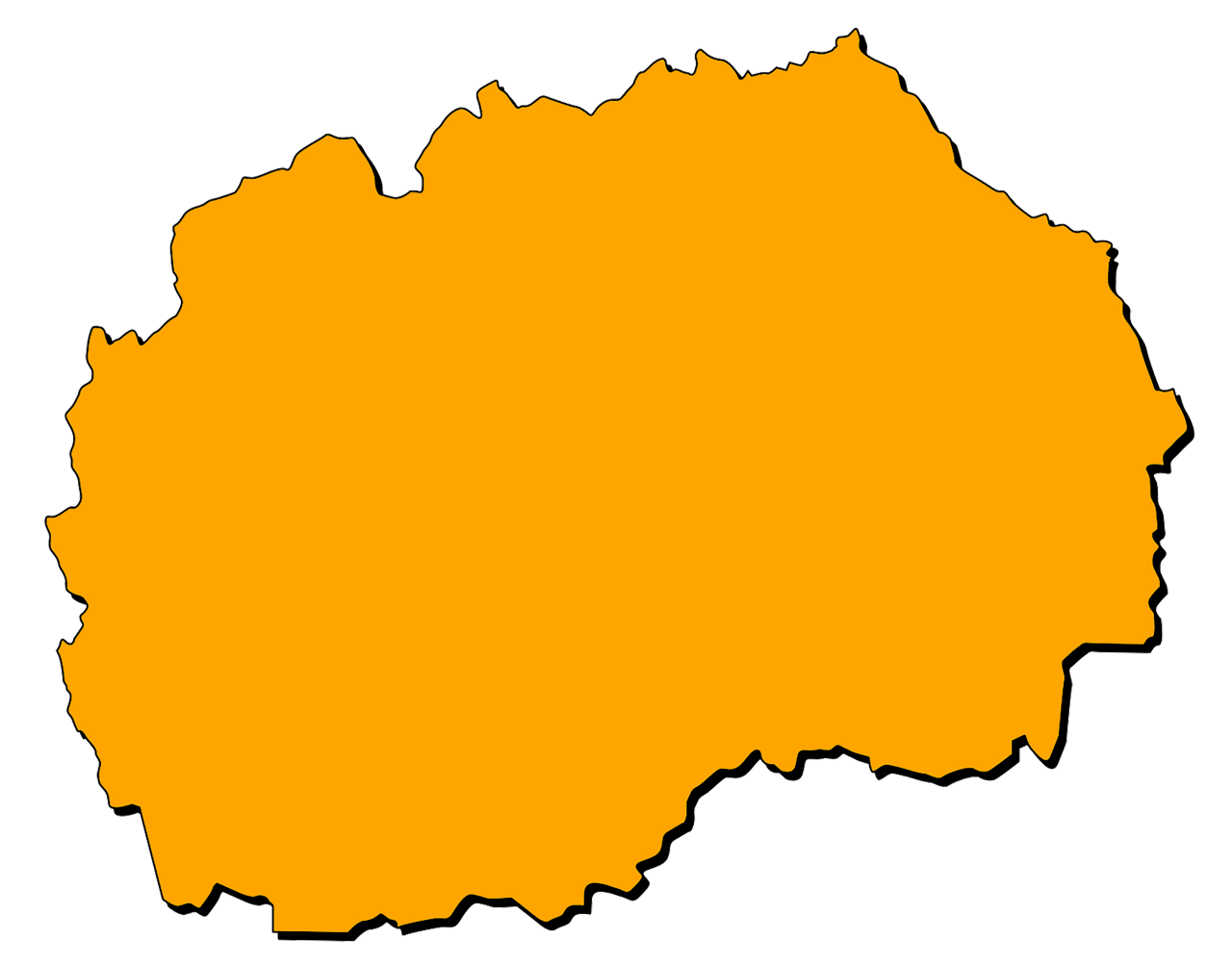
- Winter tires mandatory from 15.11.-15.03.
- M+S marking
- Min. tread depth 4,0 mm
- Studs not allowed
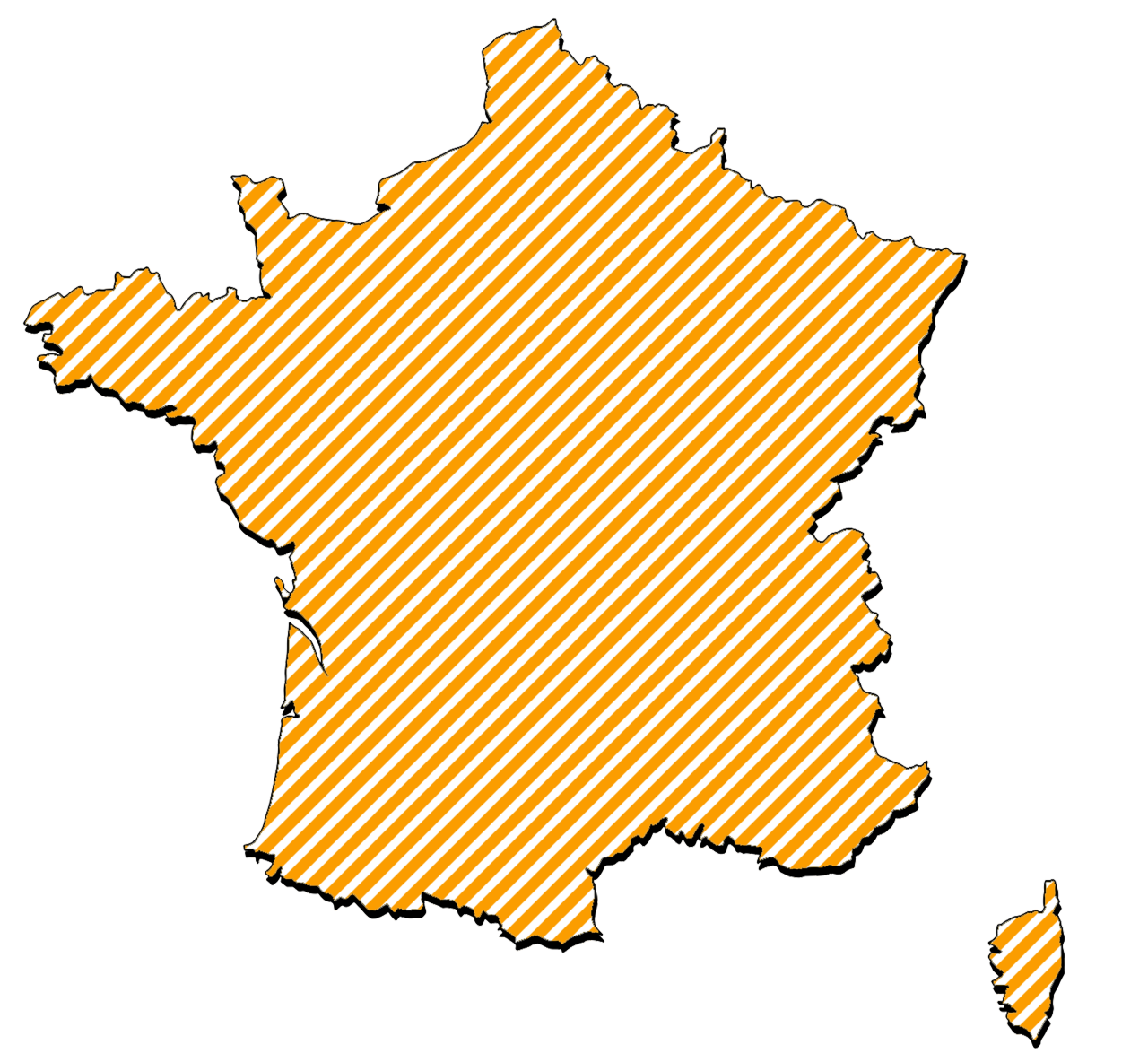
- Based on a decision of the prefect, vehicle must use winter equipment (winter tires and/or snow chains) in the period from 1.11. to 31.03.
- Winter tires shall be marked with Alpine symbol (M+S marked tires are allowed until 1.11.2024)
- Snow chains, indicated by road signs
- Snow chains must be used if winter condition or signs indicate
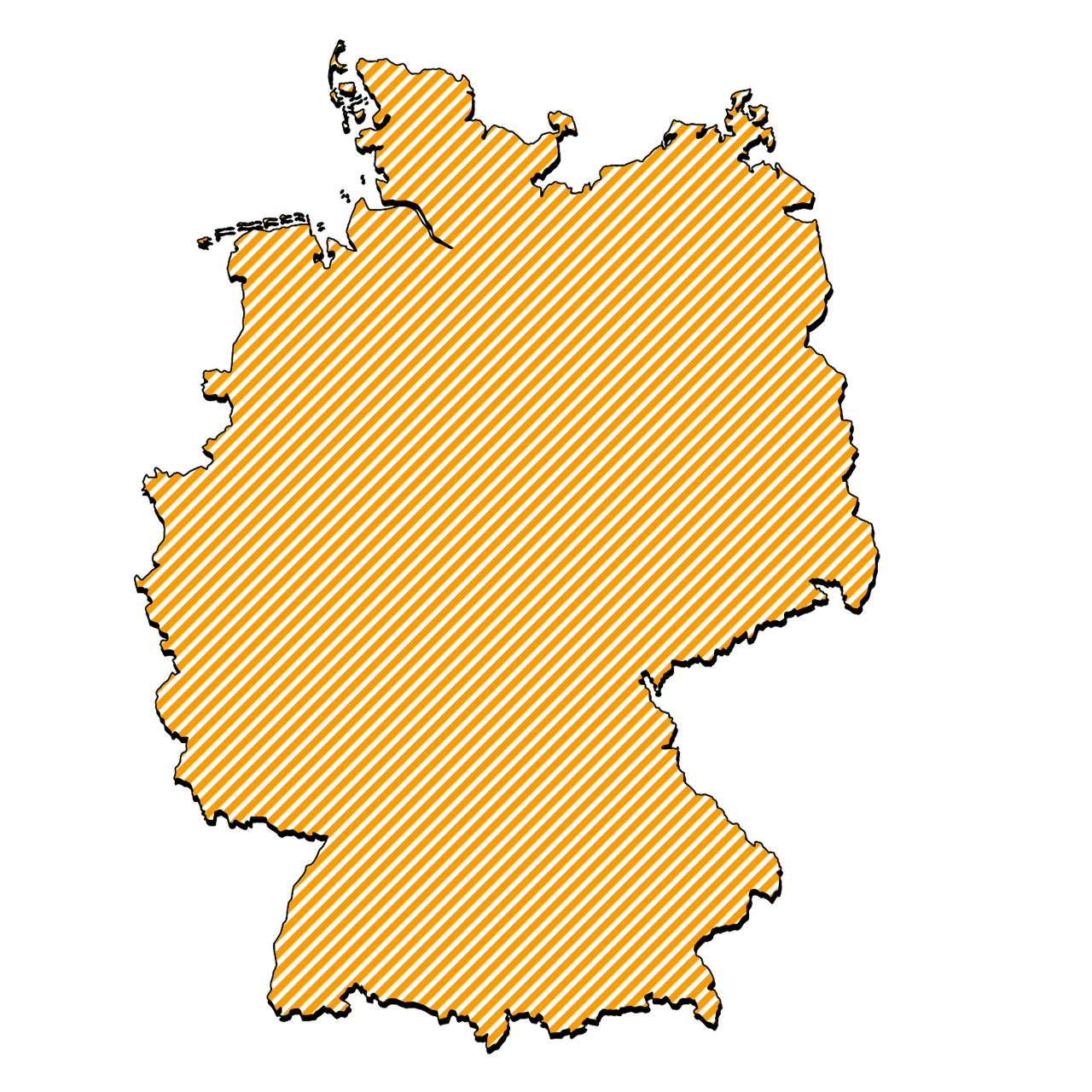
- Depending on winter weather conditions
- Situational winter tires are mandatory
- Valid up to 3,5 tons vehicle weight
- M+S marking
- Min. tread depth 1,6mm
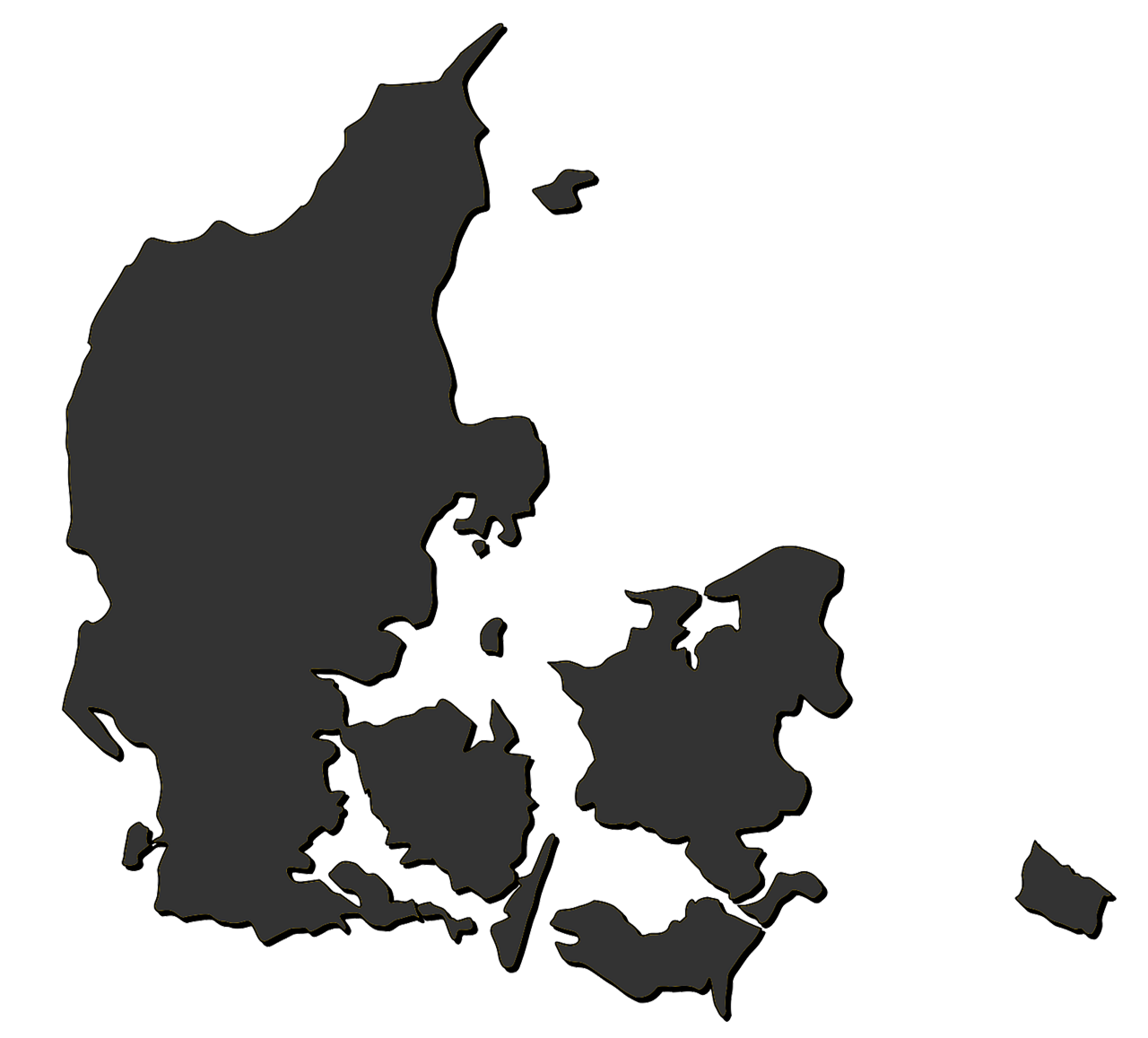
- Winter tires not mandatory
- Studded tires allowed from 1.11. - 15.4.
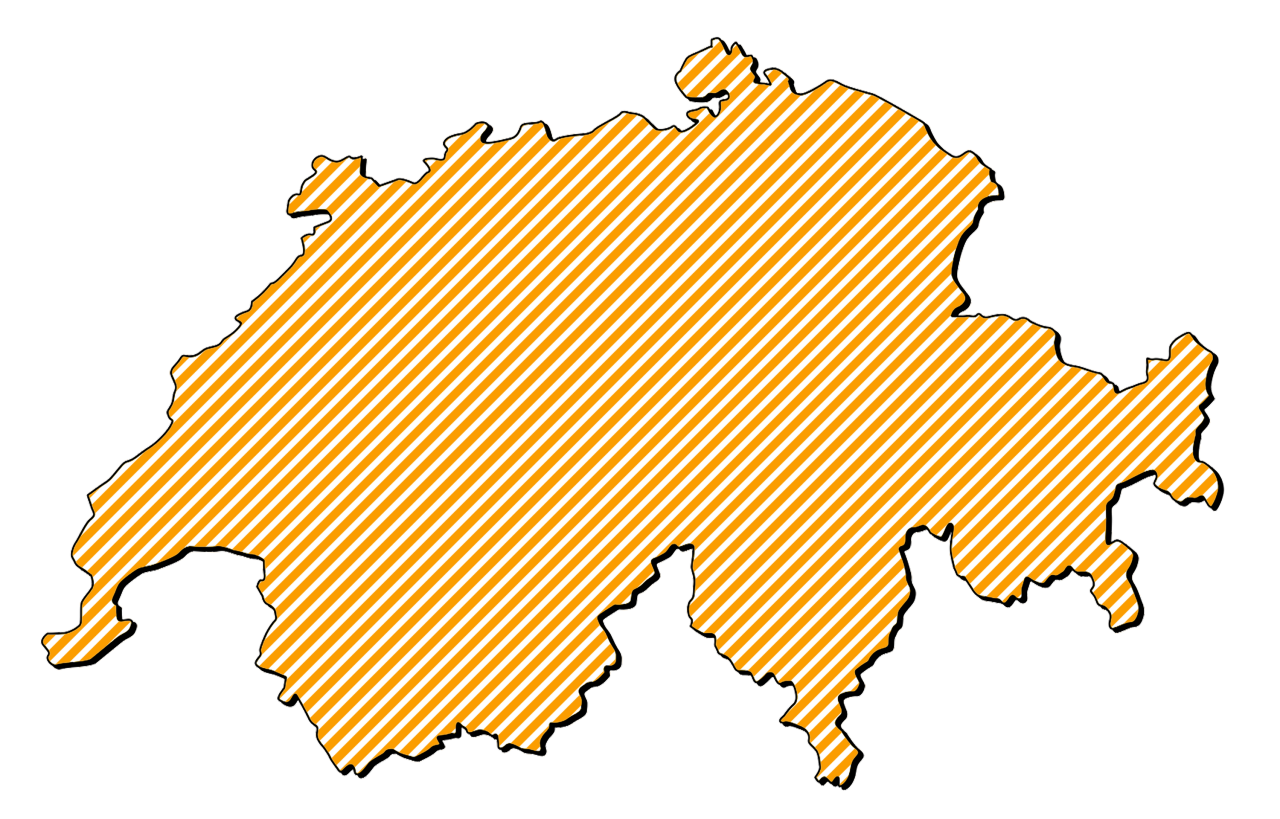
- No general winter tire regulations, regional regulations are possible in winter road conditions (f.e mountain passes)
- Min. tread depth for winter tires 1,6 mm
- In case of an accident with summer tires in wintry conditions, be aware of liability issues
- If authorities announce snow chain obligation, only snow chains are permitted (four-wheel drive may be excluded)
- Use of snow chains in case of respective road signs and conditions
- Studded tires are permitted for vehicles <7,5 t GVW between 01.11. 30.04. or on snowcovered roads
- Max speed 80 km/h
- Vehicles with studded tires have to be labled with a sticker 80 km/h
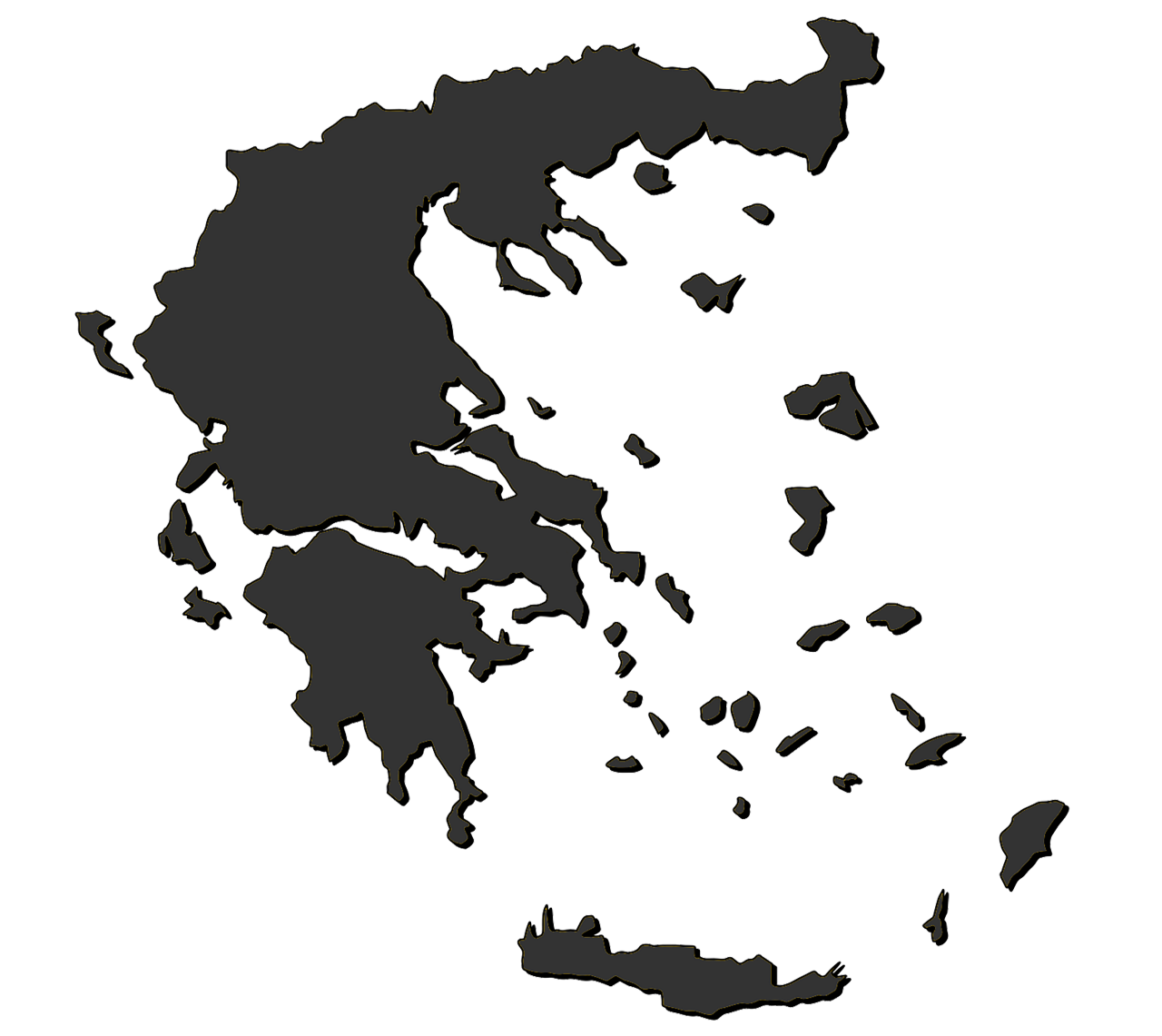
- Winter tires not mandatory
- Valid up to 3,5 tons
- Snow chains allowed, max. speed limit 50 km/h
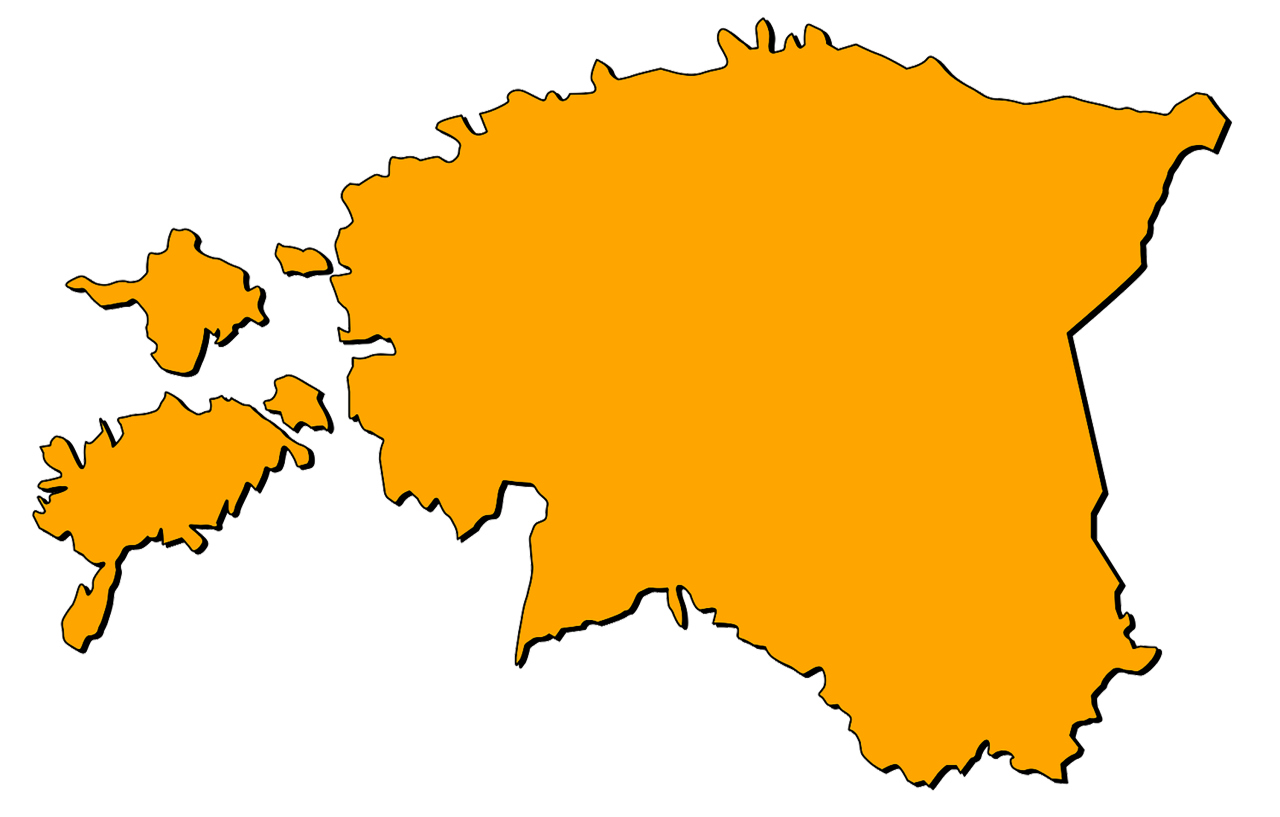
- Mandatory to use winter tires 1.12. – 1.3.
- M+S marking
- Min. tread depth 3,0 mm
- Studded tires can be used from 15.10. - 31.03.
- From 01.12.2022 Alpine symbol (3PMSF) required for studded tires (exception POR tires)
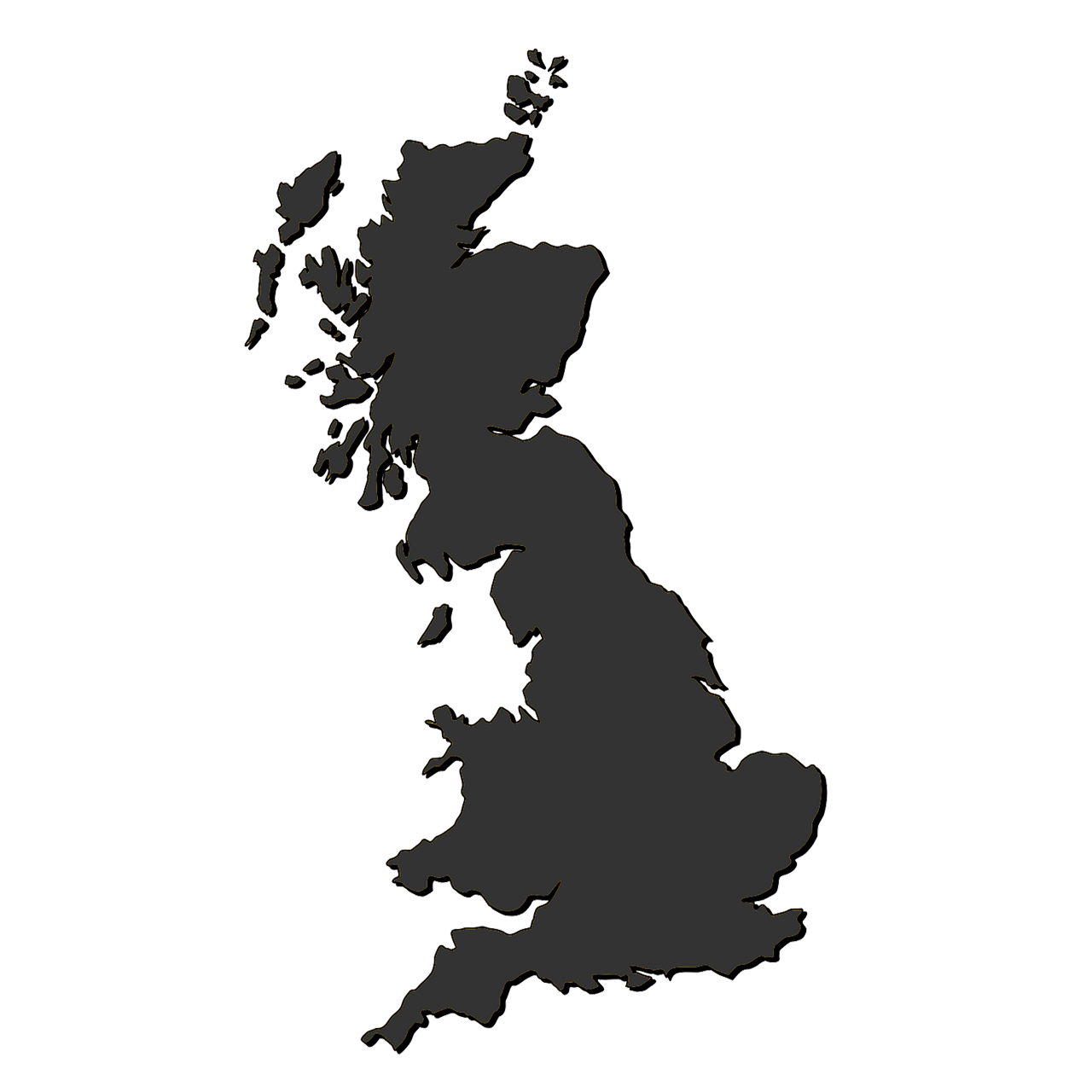
- Winter tires not mandatory
- Valid up to 3,5 tons vehicle weight
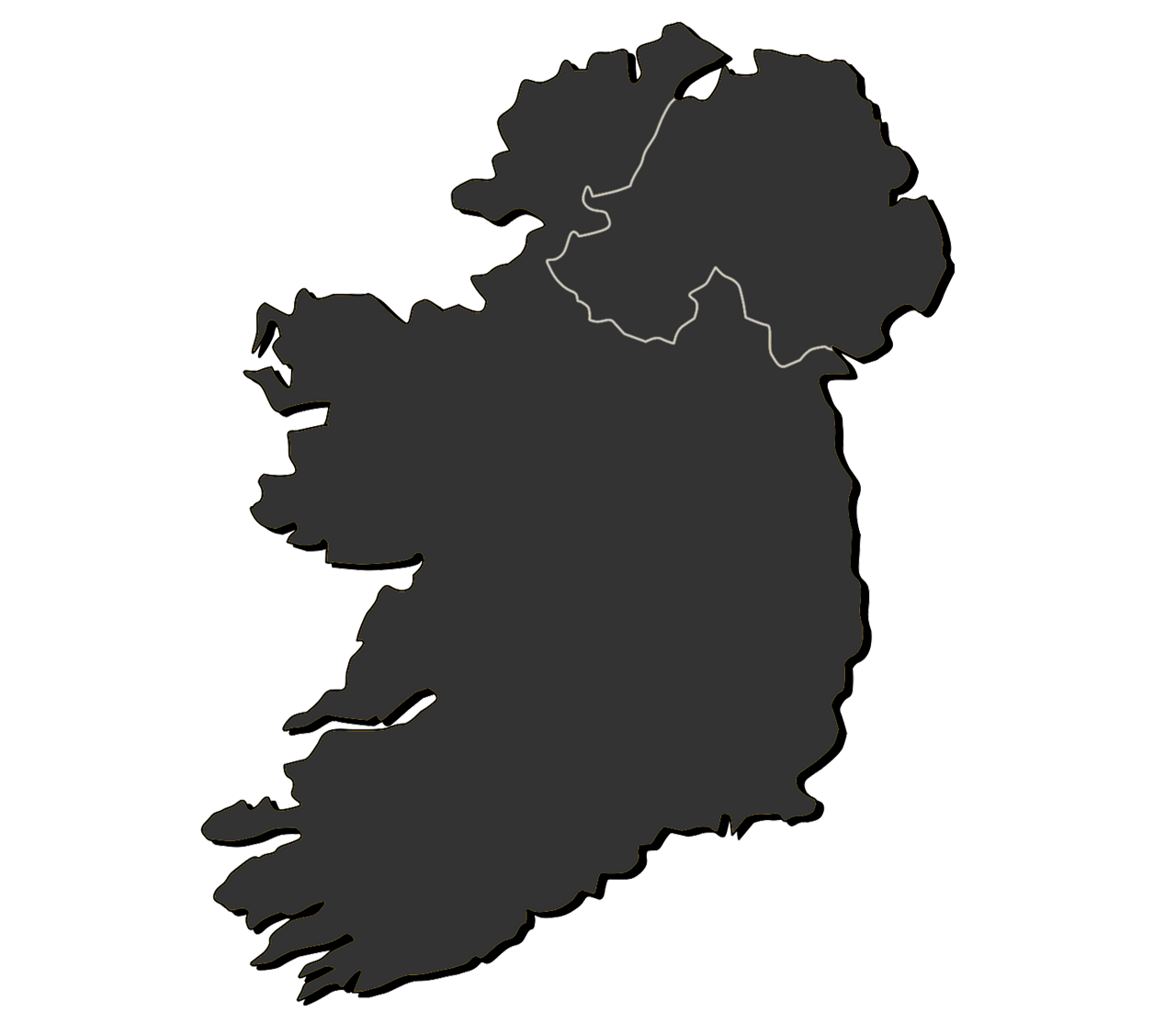
- Winter tires not mandatory
- Valid up to 3,5 tons vehicle weight
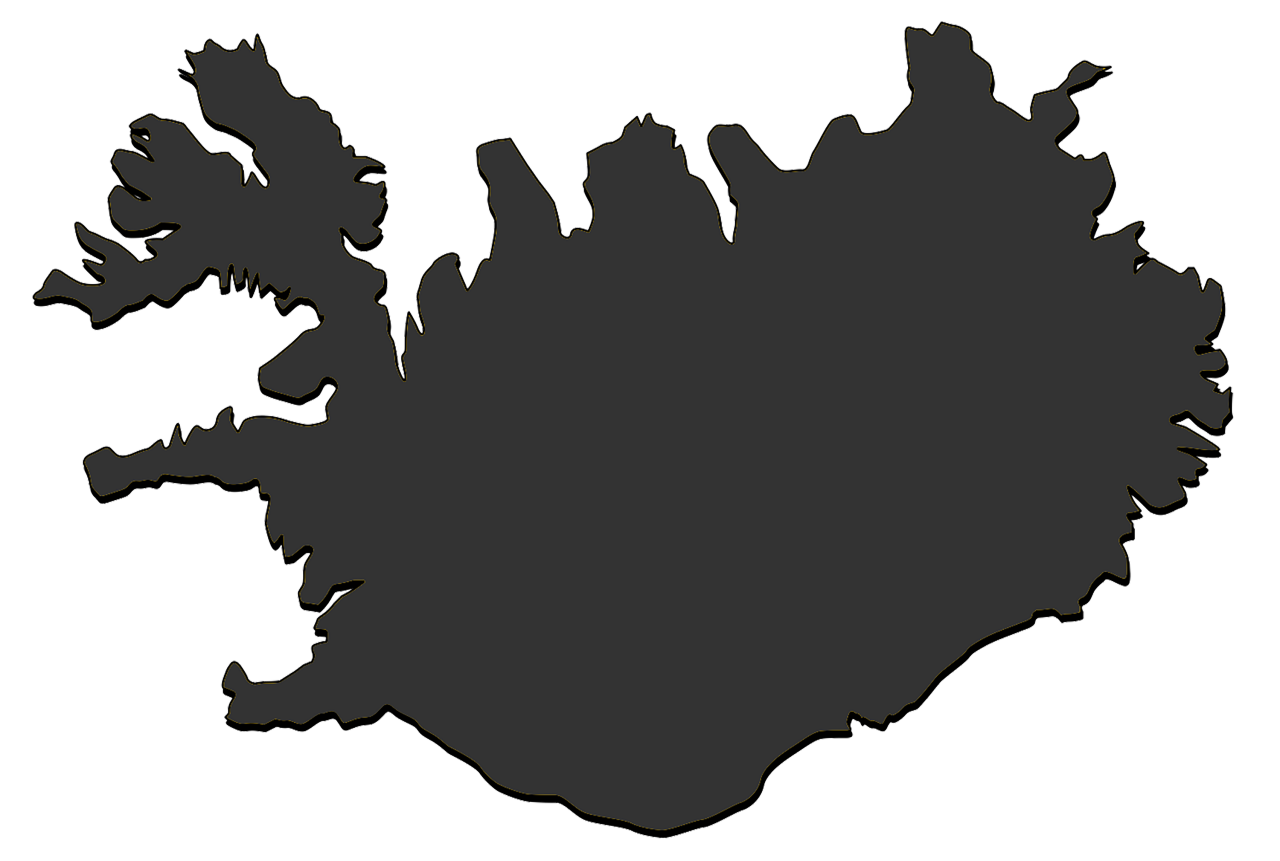
- Winter tires not mandatory
- Min. tread depth 1,6 mm
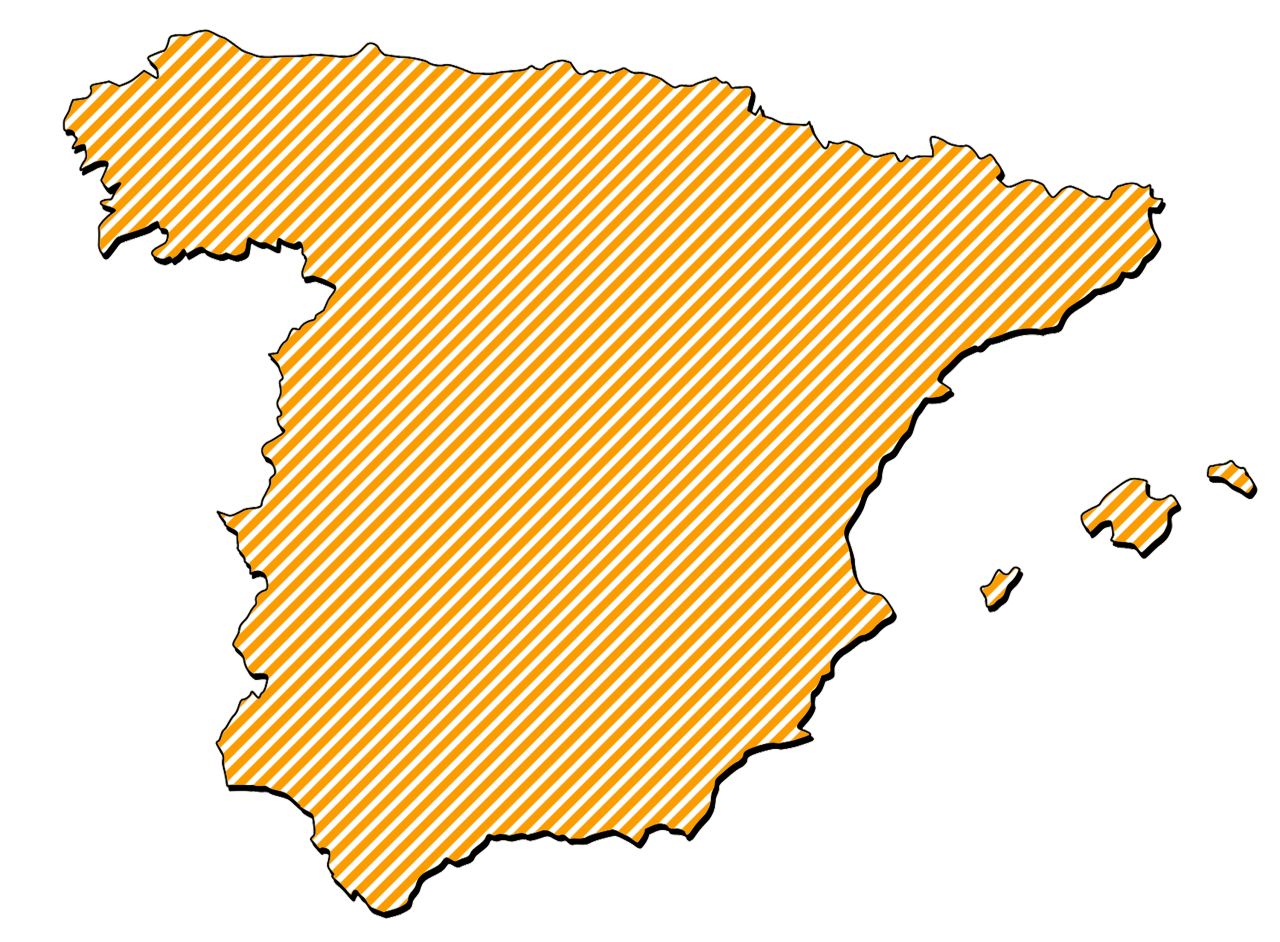
- No winter tire obligation
- Valid up to 3,5 tons vehicle weight
- Min. tread depth 1,6 mm
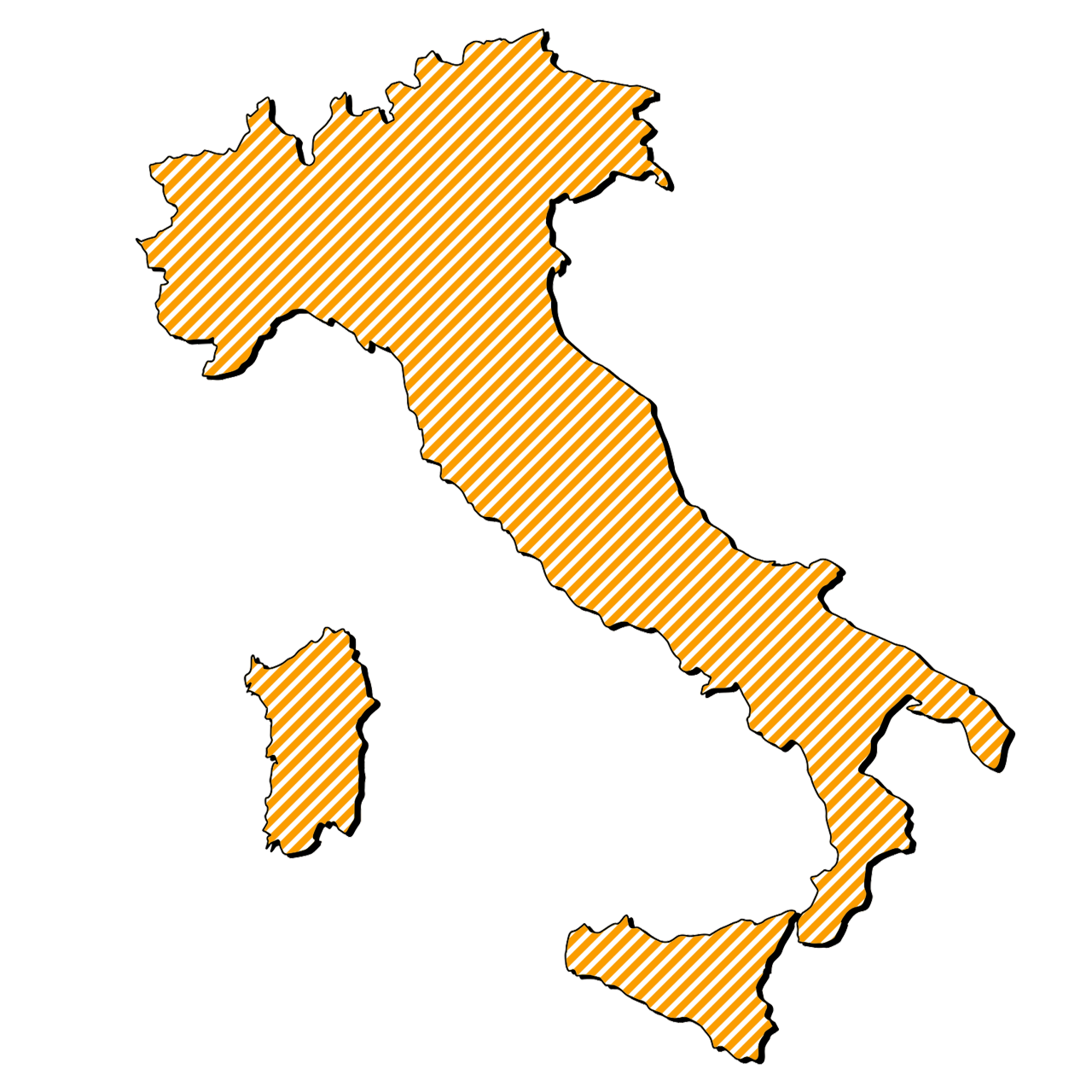
- Winter Tire Obligation in places from 15.11. - 15.04.
- Valid up to 3,5 tons vehicle weight
- M+S marking
- Extention: 1 month for mounting (15.10. - 15.11.) and 1 month for dismounting (15.04. - 15.05.)
- Min. tread depth 1,6 mm
- Winter Tires allowed in summer (16.05. - 14.10.) if the speed index is the same or higher of the one in the vehicle registration paper
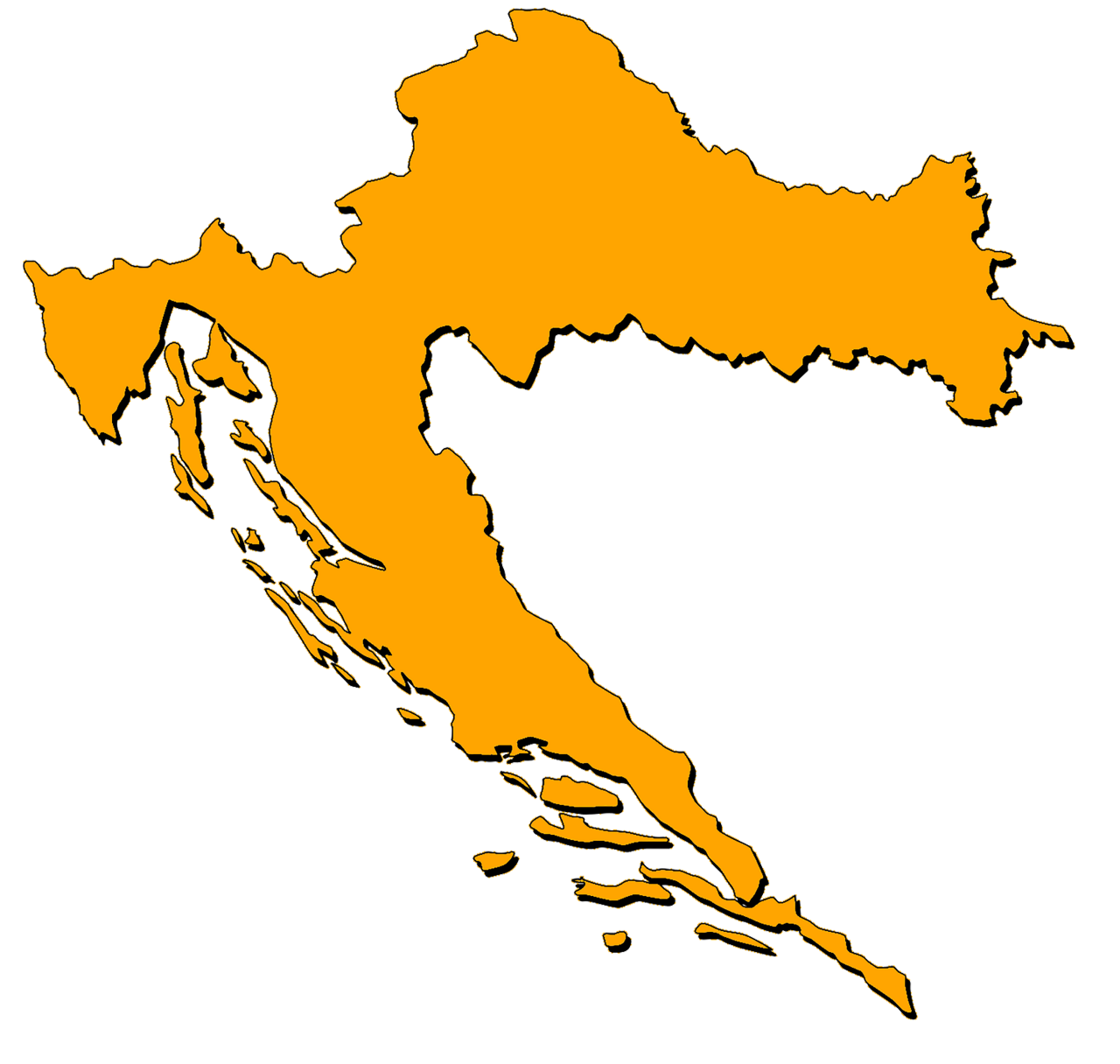
- Winter tires mandatory
- From 15.11. - 15.4.
- Up to 3,5 tons
- M+S marking
- Min. tread depth 4,0 mm
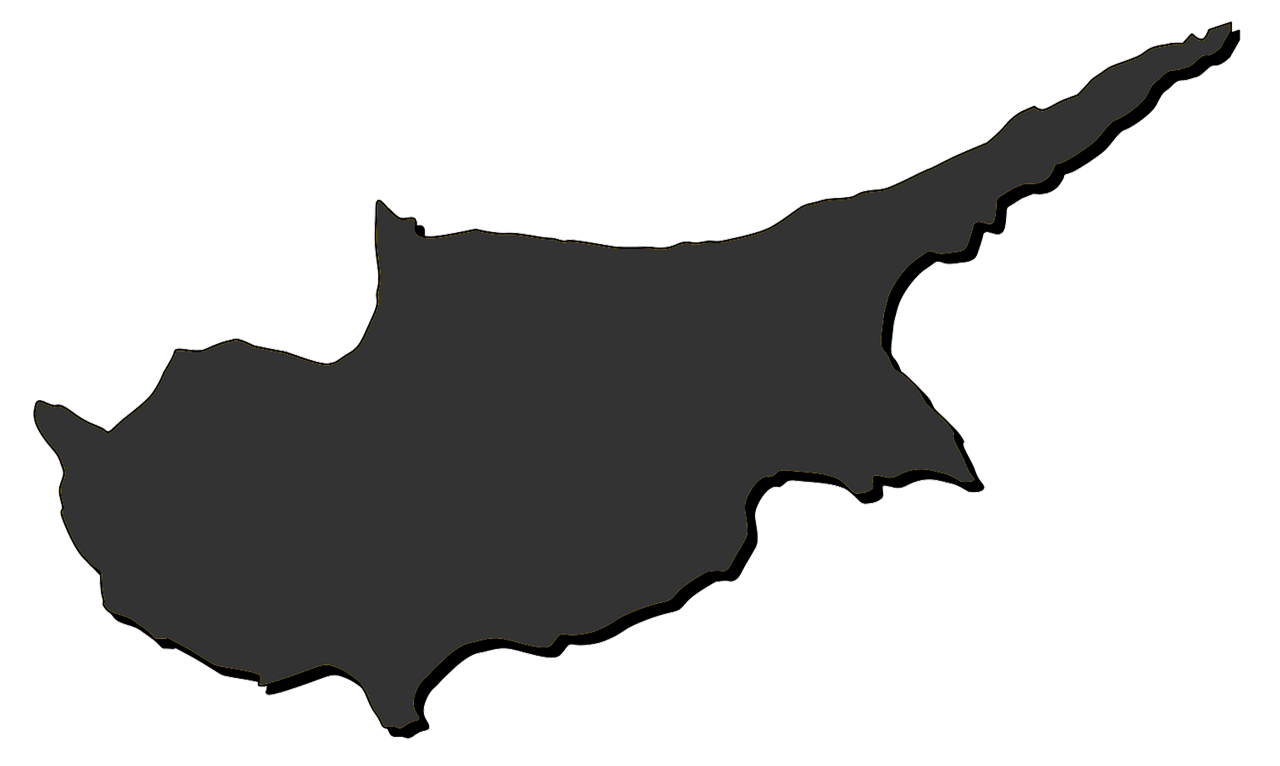
- Winter tires not mandatory
- Valid up to 3,5 tons vehicle weight
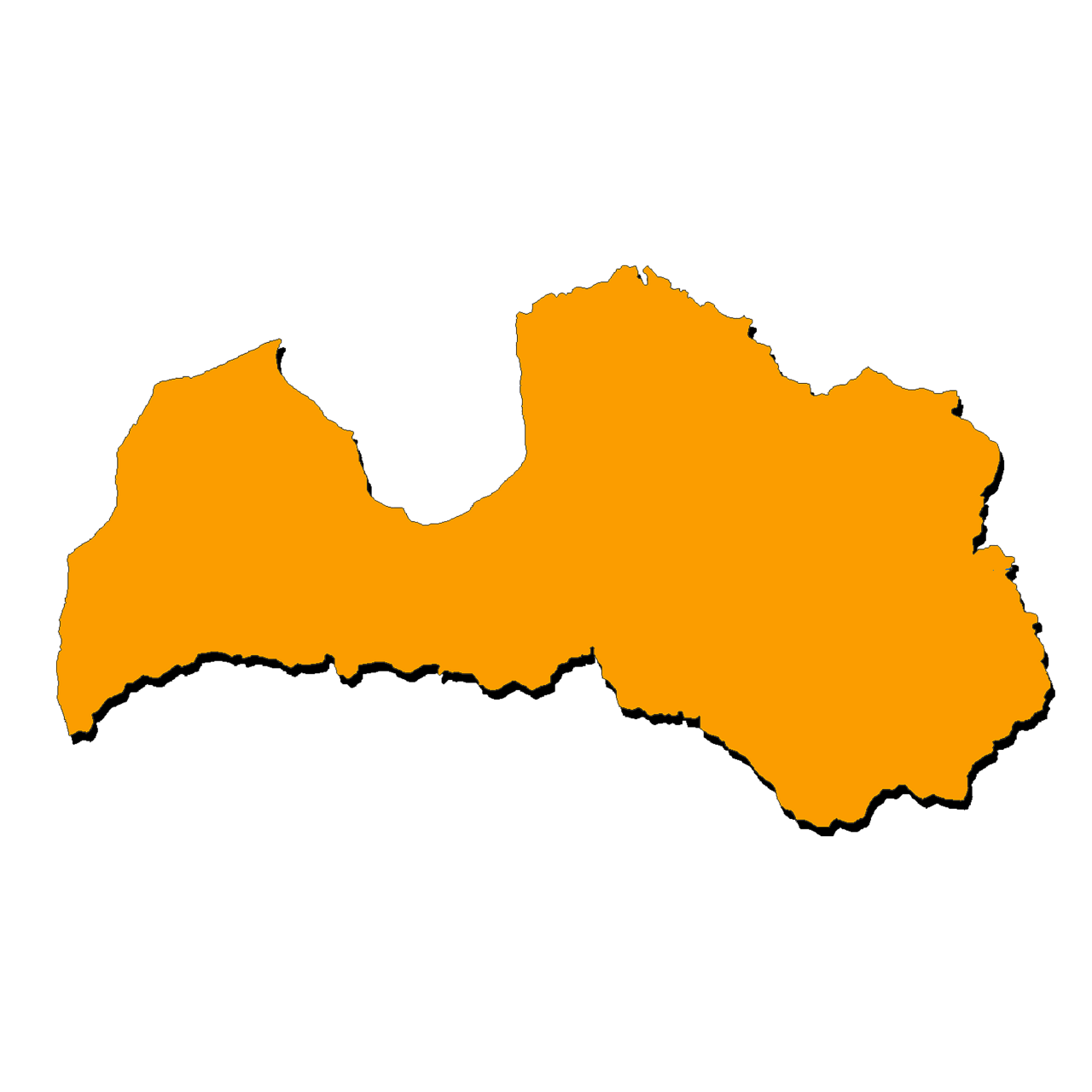
- Winter tires mandatory from 01.12. - 01.03.
- M+S marking
- Min. tread depth 4,0 mm
- Studded tires can be used from 01.10. - 01.05.
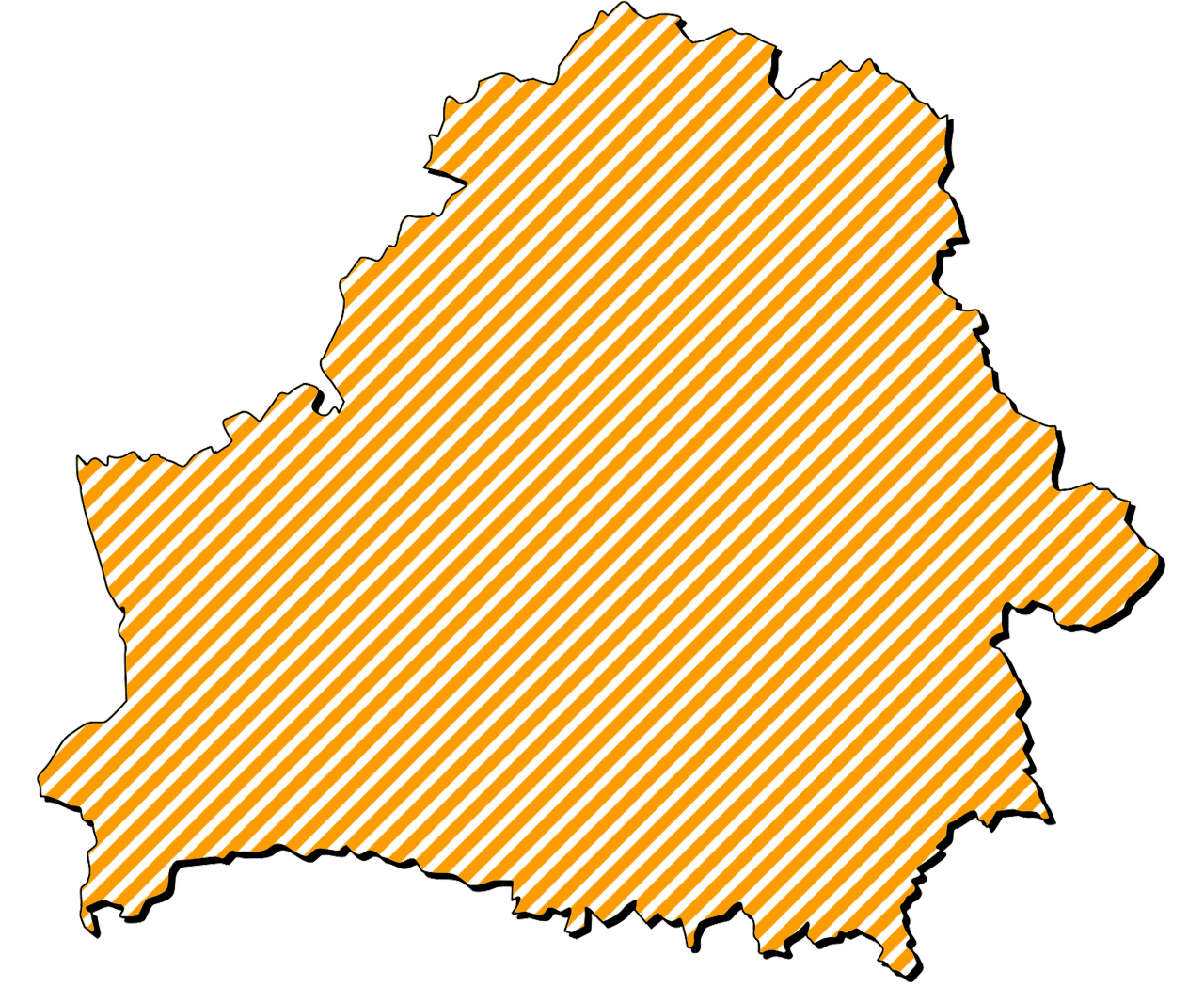
- Winter tires mandatory from 1.12. - 1.3.
- Valid up to 3,5 t vehicles
- Min. tread depth 4,0 mm
- Winter tires have to be mounted on all 4 axles
- Studded tires can be used as all other winter tires
- M+S marking
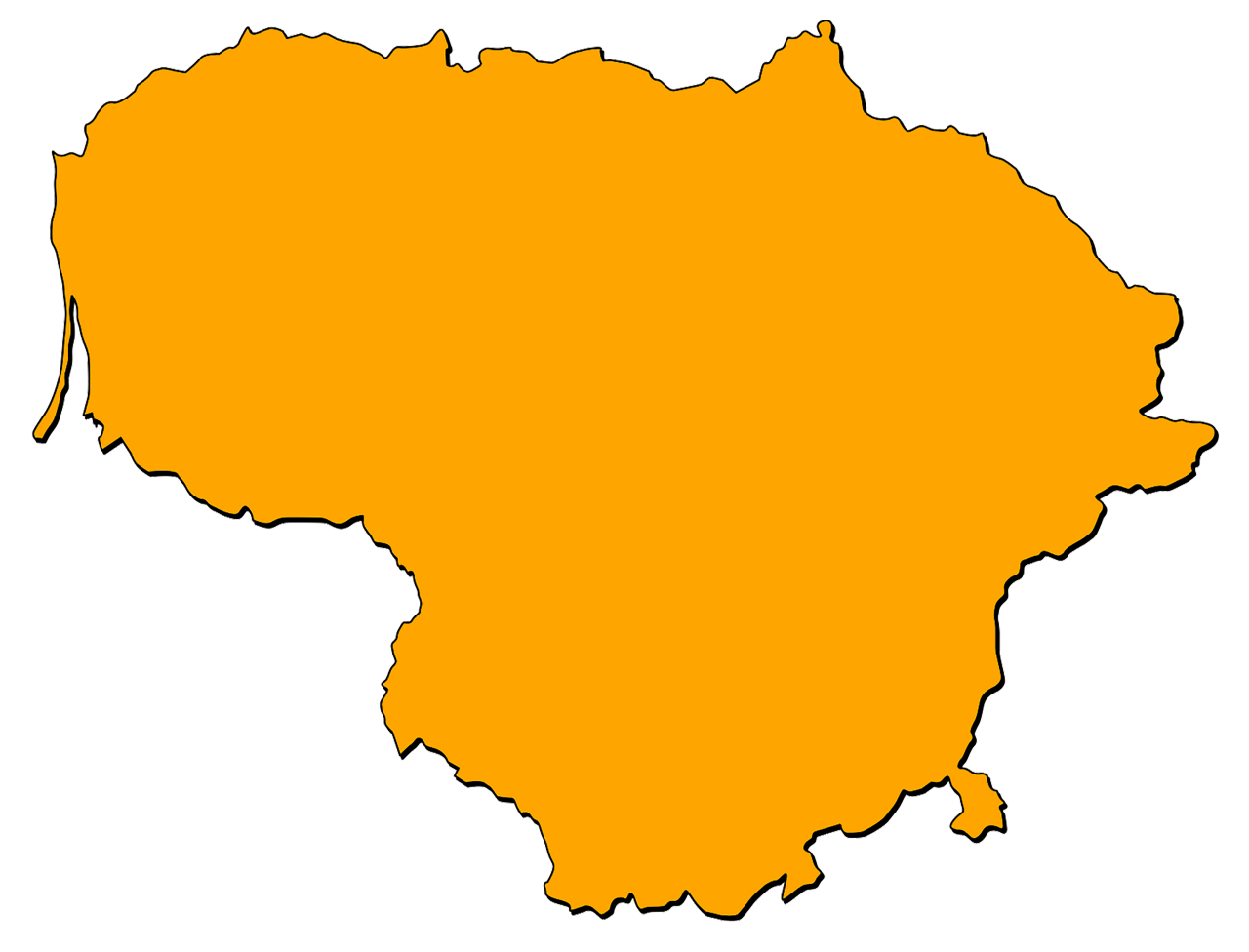
- Winter tires mandatory from 01.11. - 01.04.
- M+S marking
- Min. tread depth 1,6 mm
- Studded tires can be used as all other winter tires during the mandatory winter period
- Min. tread depth 3,0 mm
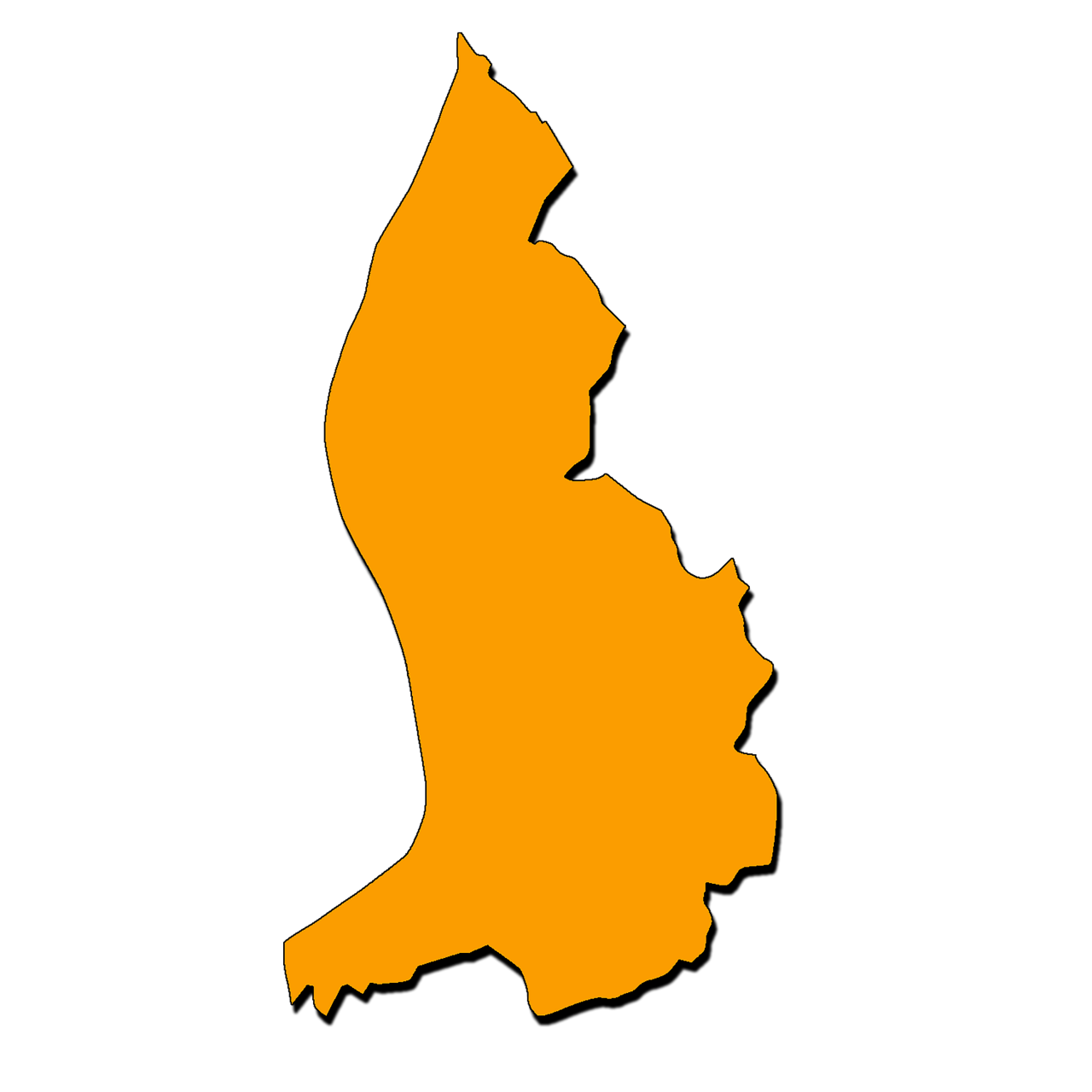
- No general winter tire regulations, regional regulations are possible in winter road conditions (f.e Pass-Roads)
- Min. tread depth for winter tires 1,6 mm
- In case of an accident with summer tires in wintry conditions, be aware of liability issues
- If authorities announce snow chain obligation, only snow chains are permitted (four-wheel drive may be excluded)
- Use of snow chains in case of respective road signs and conditions
- Studded tires are permitted for vehicles <7.5 t GVW between November 1 and April 30 or on snowcovered roads
- Max speed 80 km/h
- Vehicles with studded tires have to be labled with a sticker 80 km/h
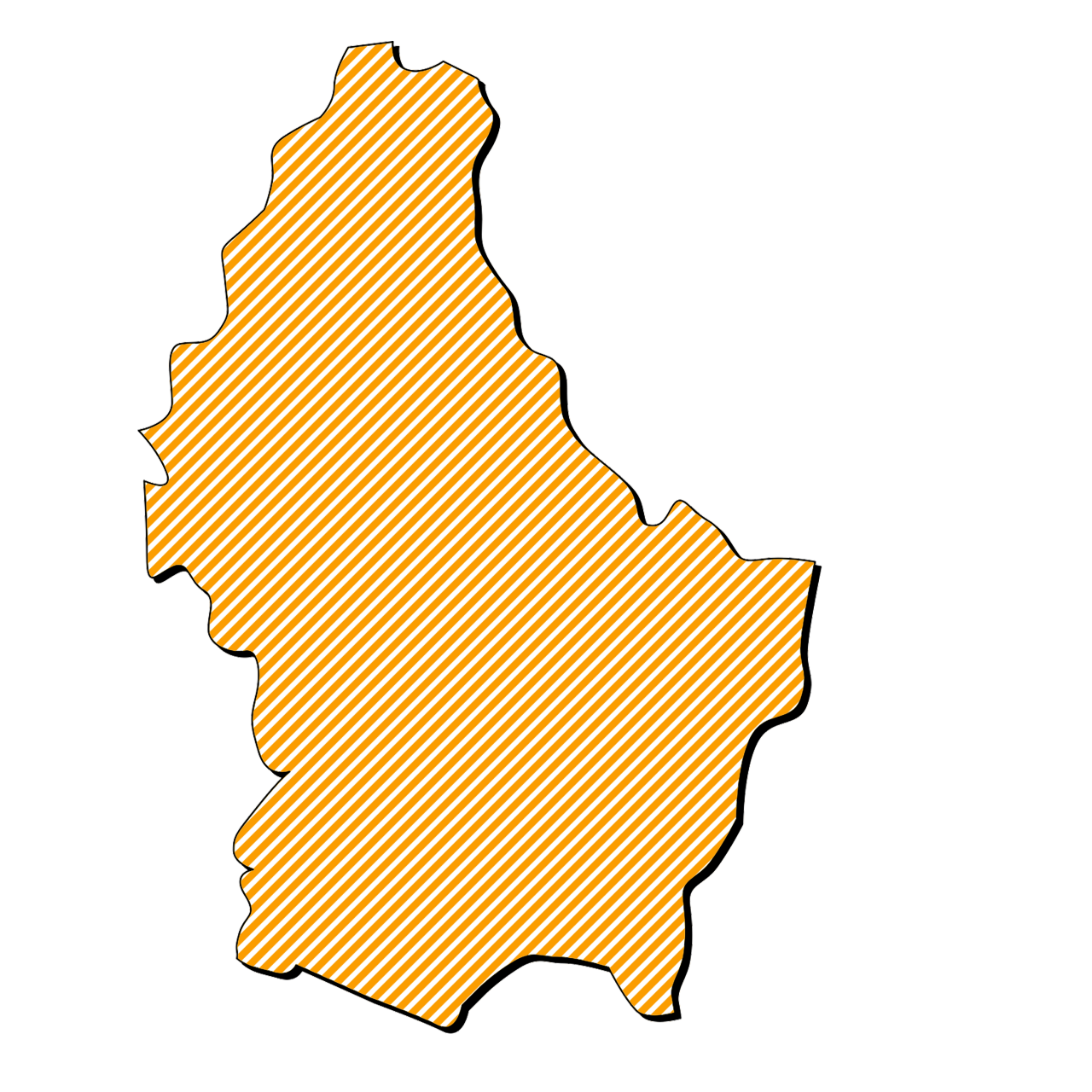
- Depending on winter weather conditions
- Valid up to 3,5 t vehicle weight
- M+S marking
- Min tread depth 1,6 mm
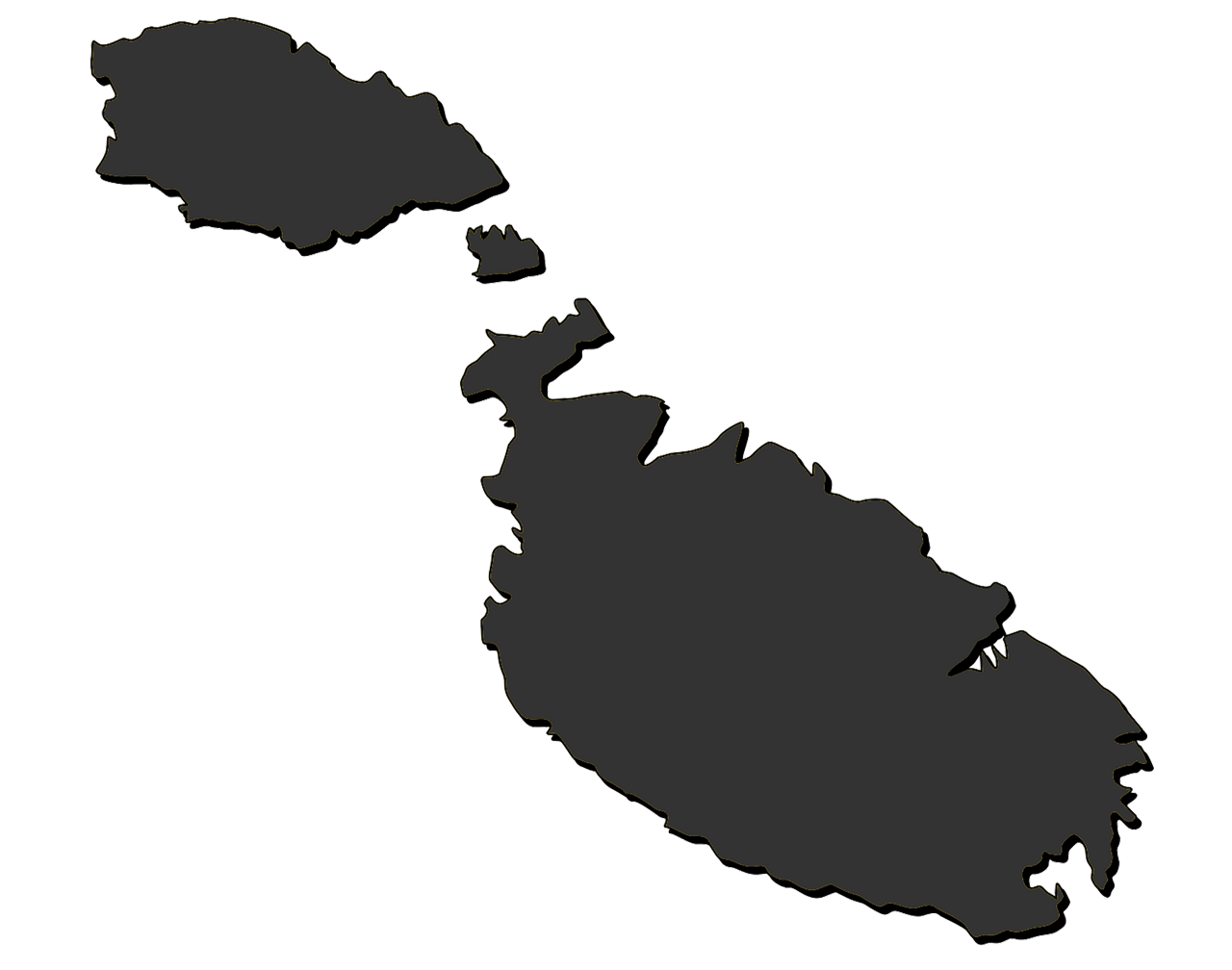
- Winter tires not mandatory
- Valid up to 3,5 tons vehicle weight
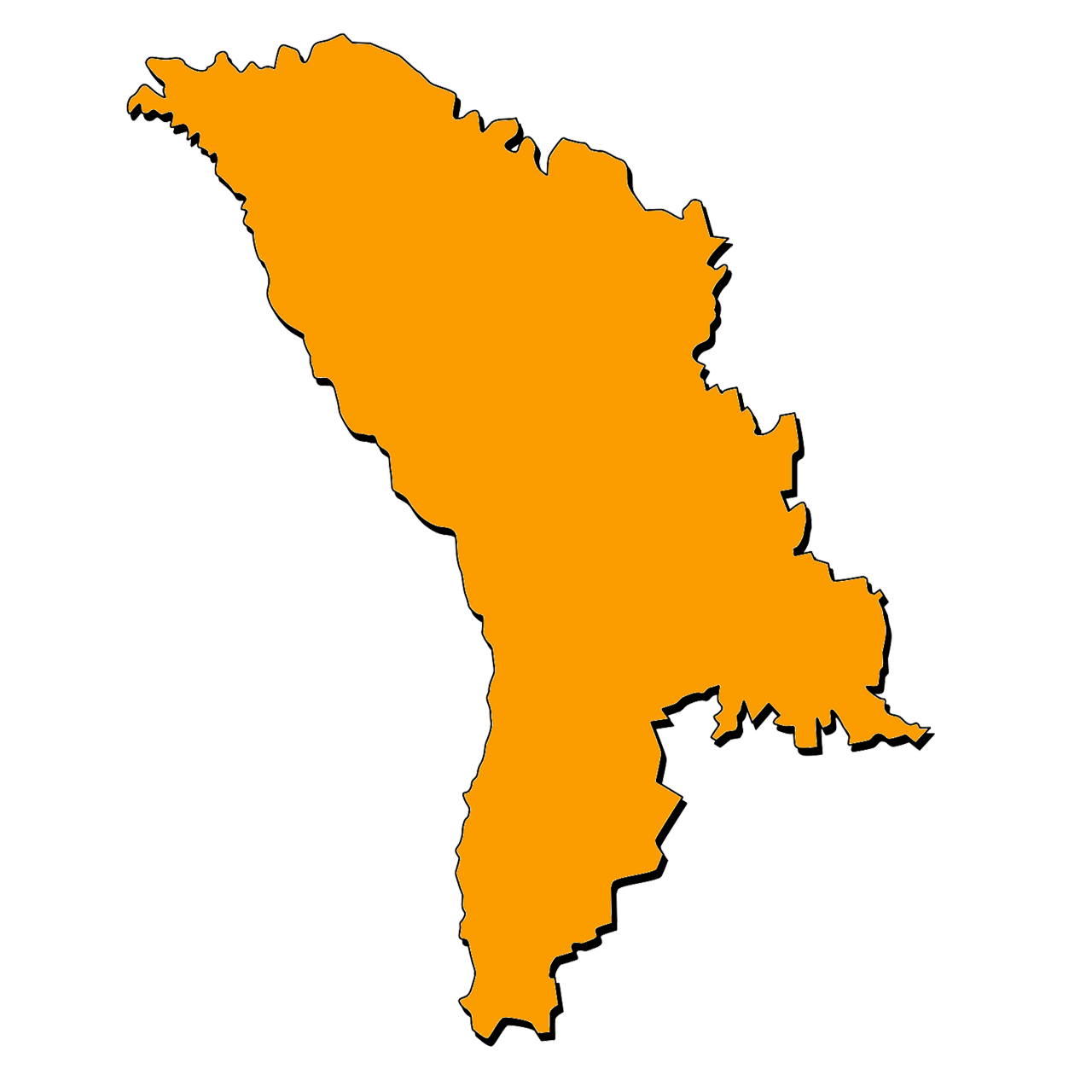
- Depending on winter weather conditions from 01.12. - 31.03.
- Valid up to 3,5 tons vehicle weight
- M+S marking
- Studs allowed from 01.12. - 01.03.
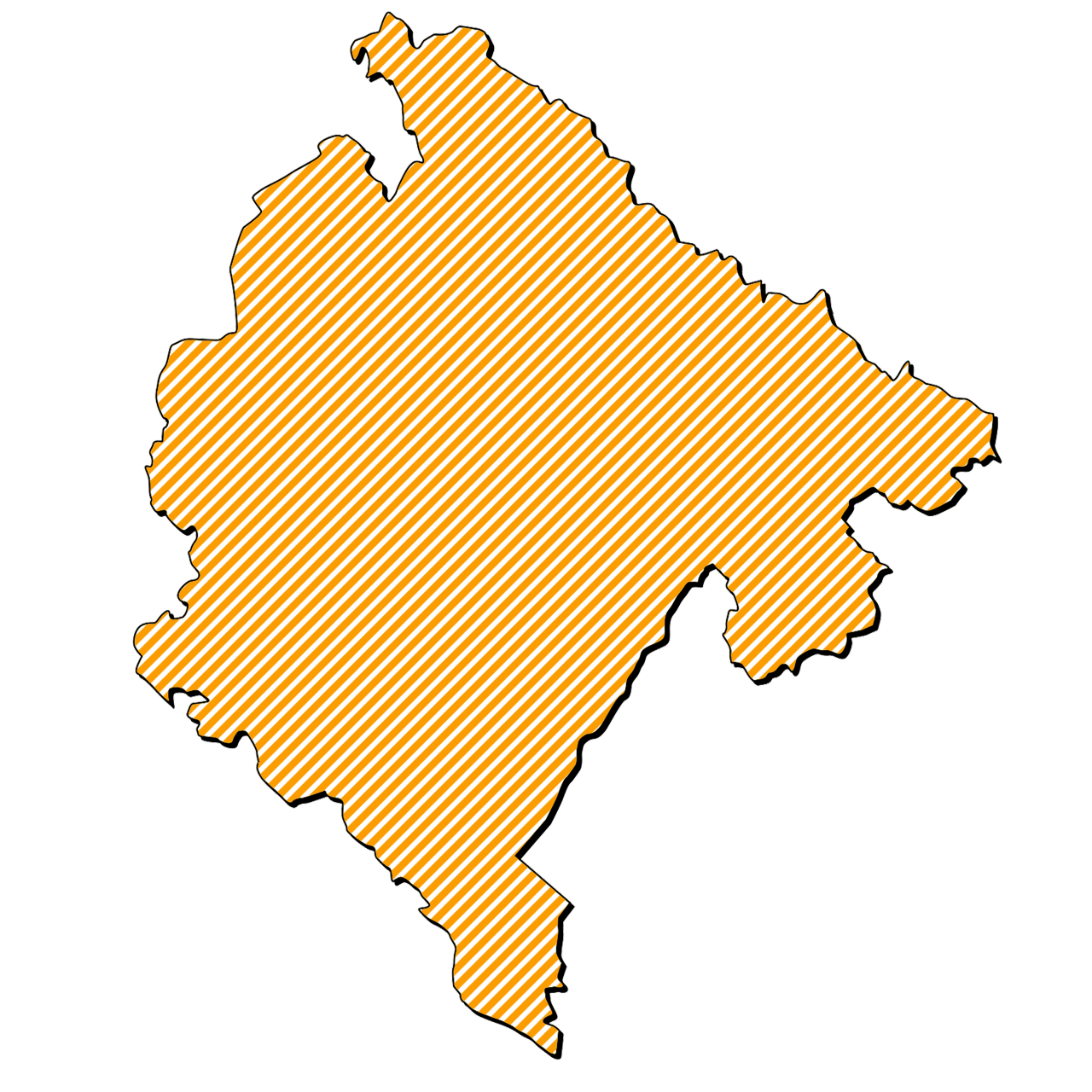
- Winter tires mandatory from 15.11. - 01.04.
- Winter tires mandatory up to 3,5 tons
- Min. tread depth 4,0 mm
- M+S marking
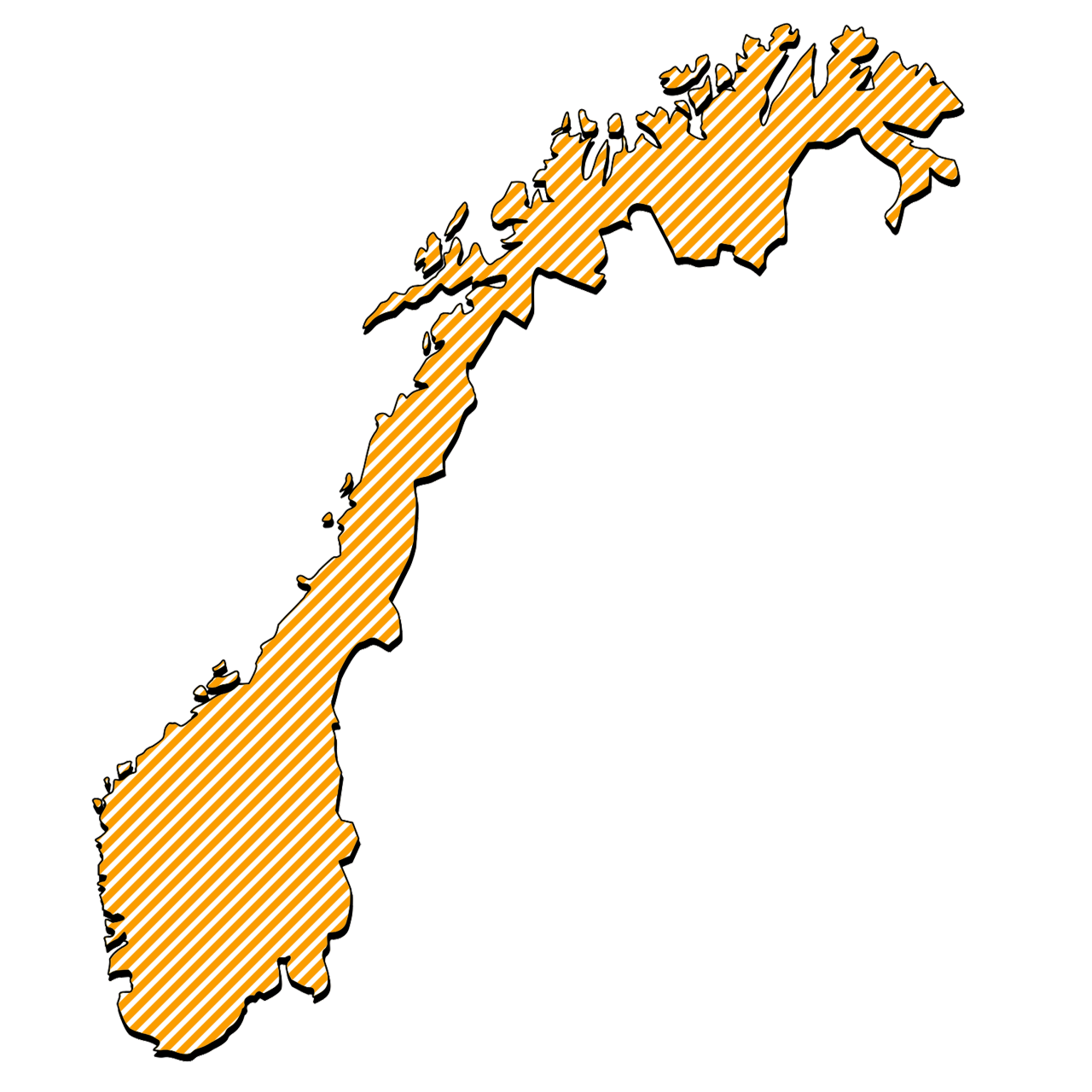
- Depending on winter weather conditions
- Valid up to 3,5 t vehicle weight
- M+S especially developed for winter use and / or Alpine symbol (3PMSF)
- Min. tread depth 3,0 mm
- Studded tires allowed
- From 01.11. to 1st Monday after Easter in the South
- From 15.10. to 30.04. in the North
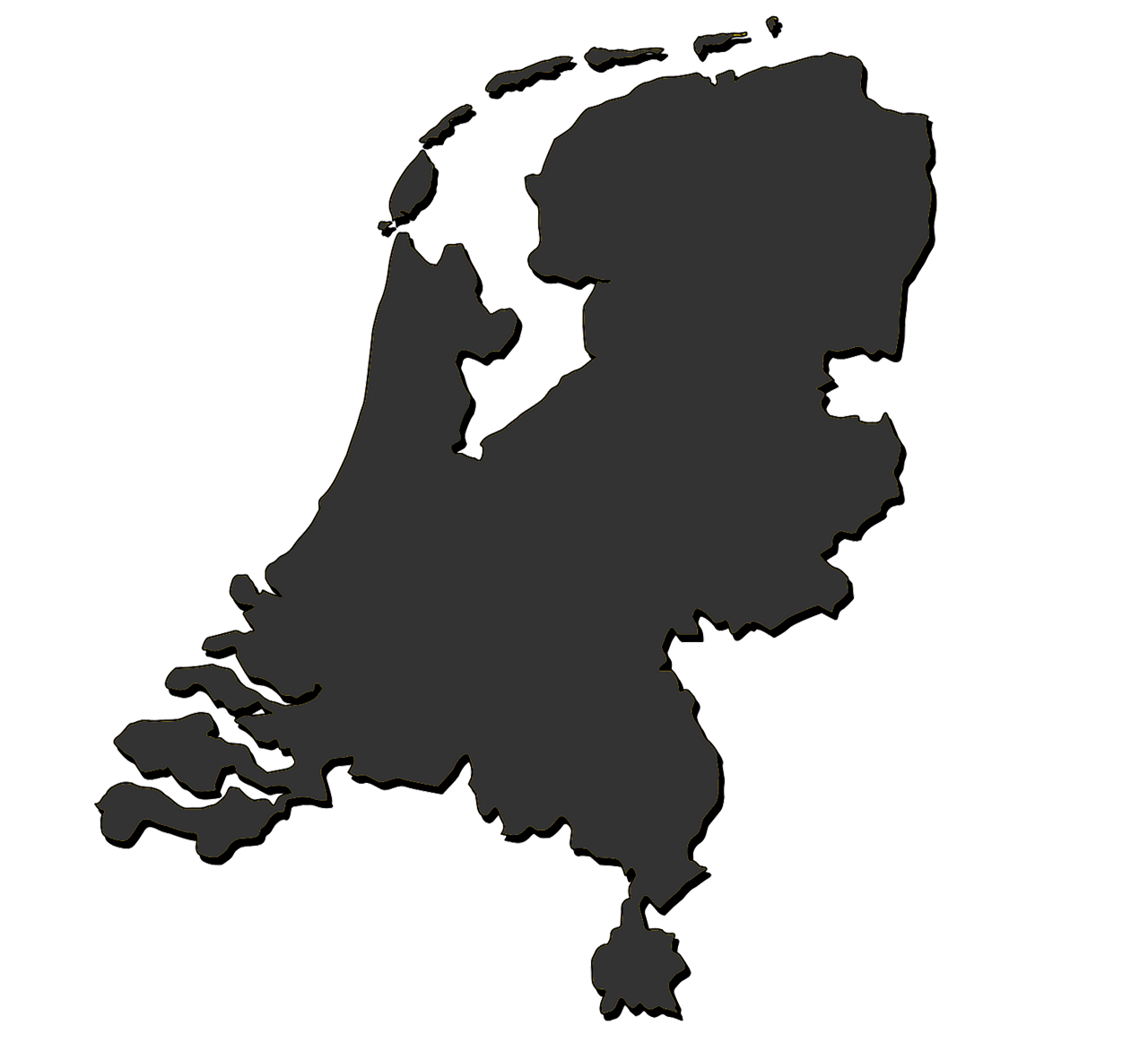
- Winter tires not mandatory
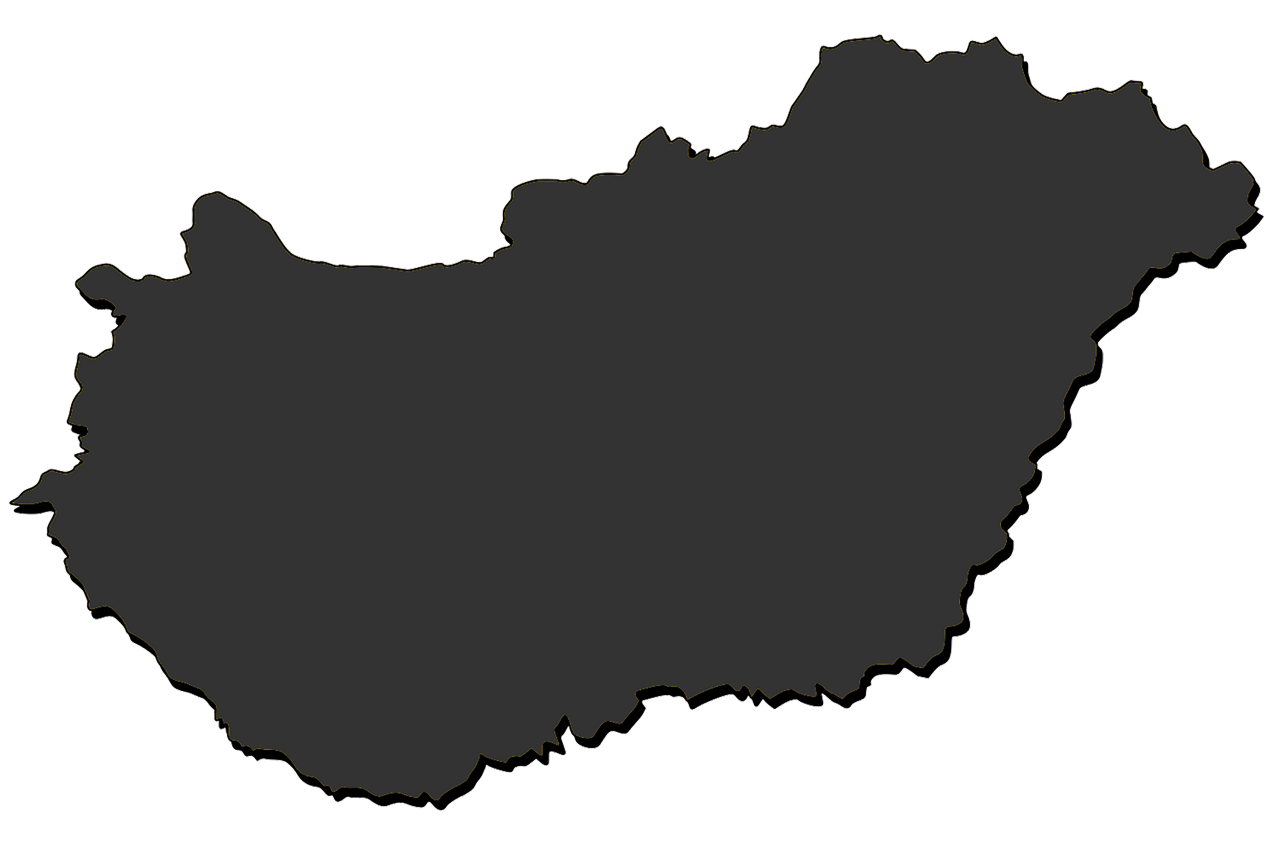
- Winter tires not mandatory
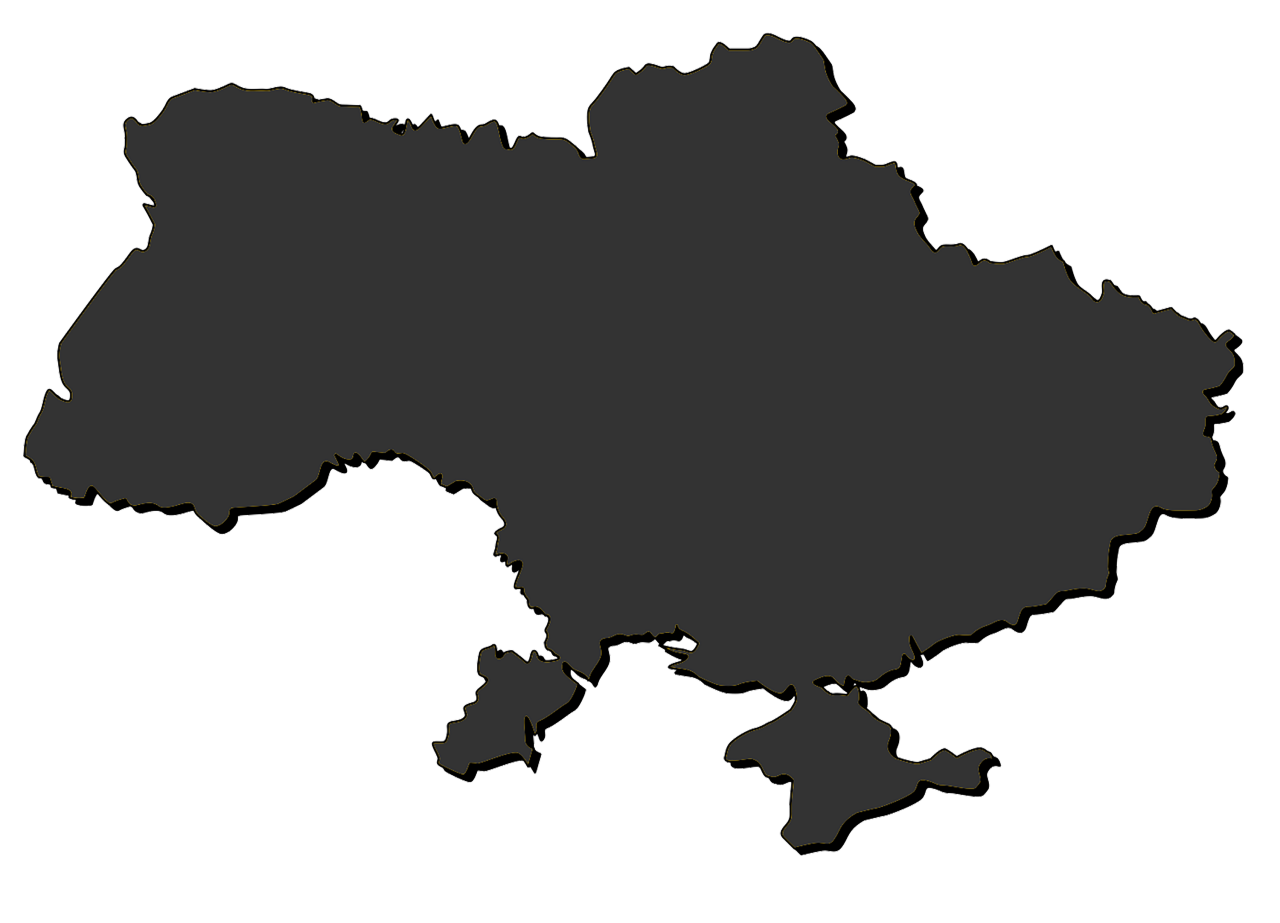
- Winter tires not mandatory

- Winter tires not mandatory
- Valid up to 3,5 t vehicle weight
- Snow chains only allowed on roads covered with snow and ice
- Studded tires not allowed
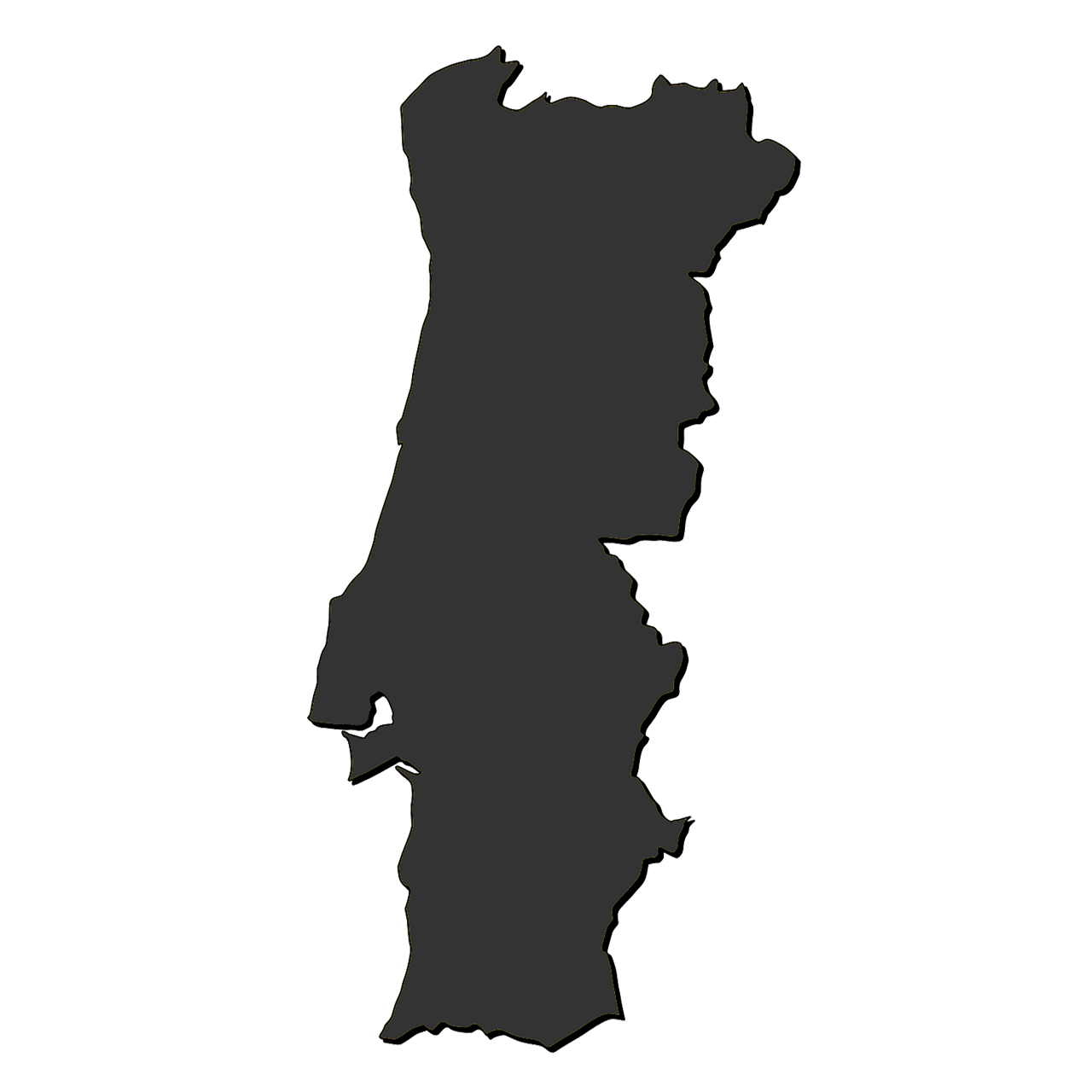
- Winter tires not mandatory
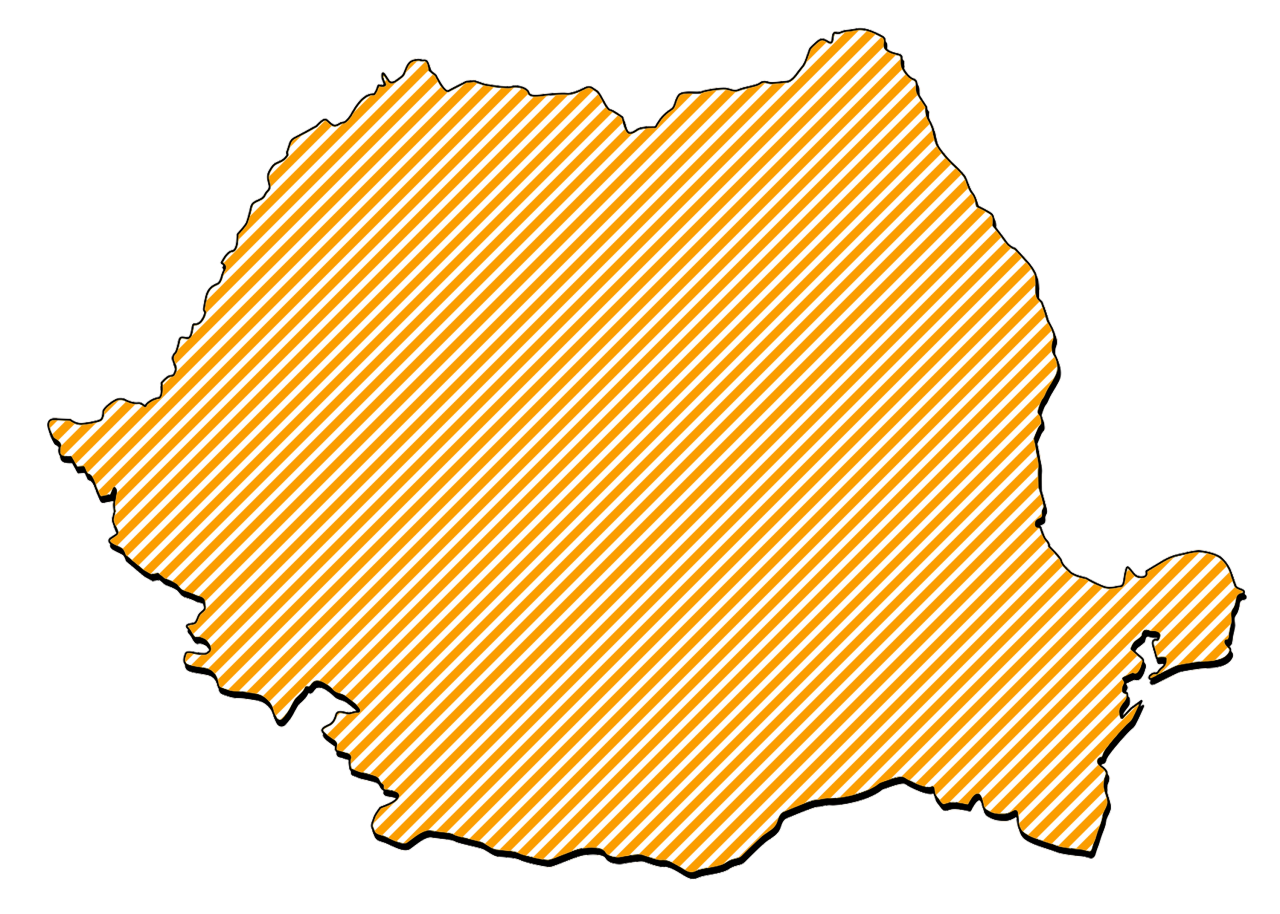
- Depending on winter weather conditions
- Valid up to 3,5 tones vehicle weight
- M+S marking
- Min. tread depth 1,6 mm
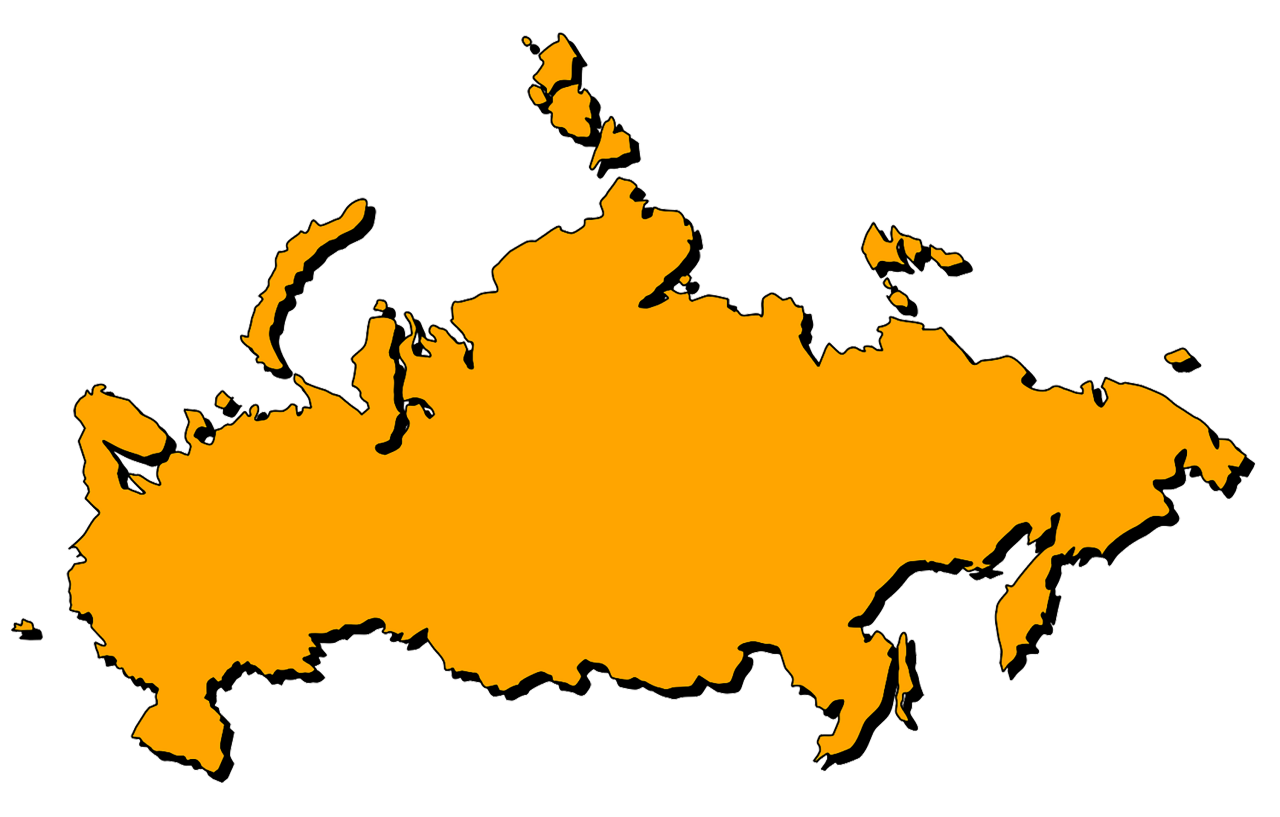
- Winter tires mandatory from 1.12. - 28.02.
- M+S marking as well as Alpine symbol (3PMSF)
- Min. tread depth 4,0 mm
- If using studded tires, they have to be on all positions
- Winter tires have to be mounted on all positions
- Studs are forbidden from 01.07. - 30.09.
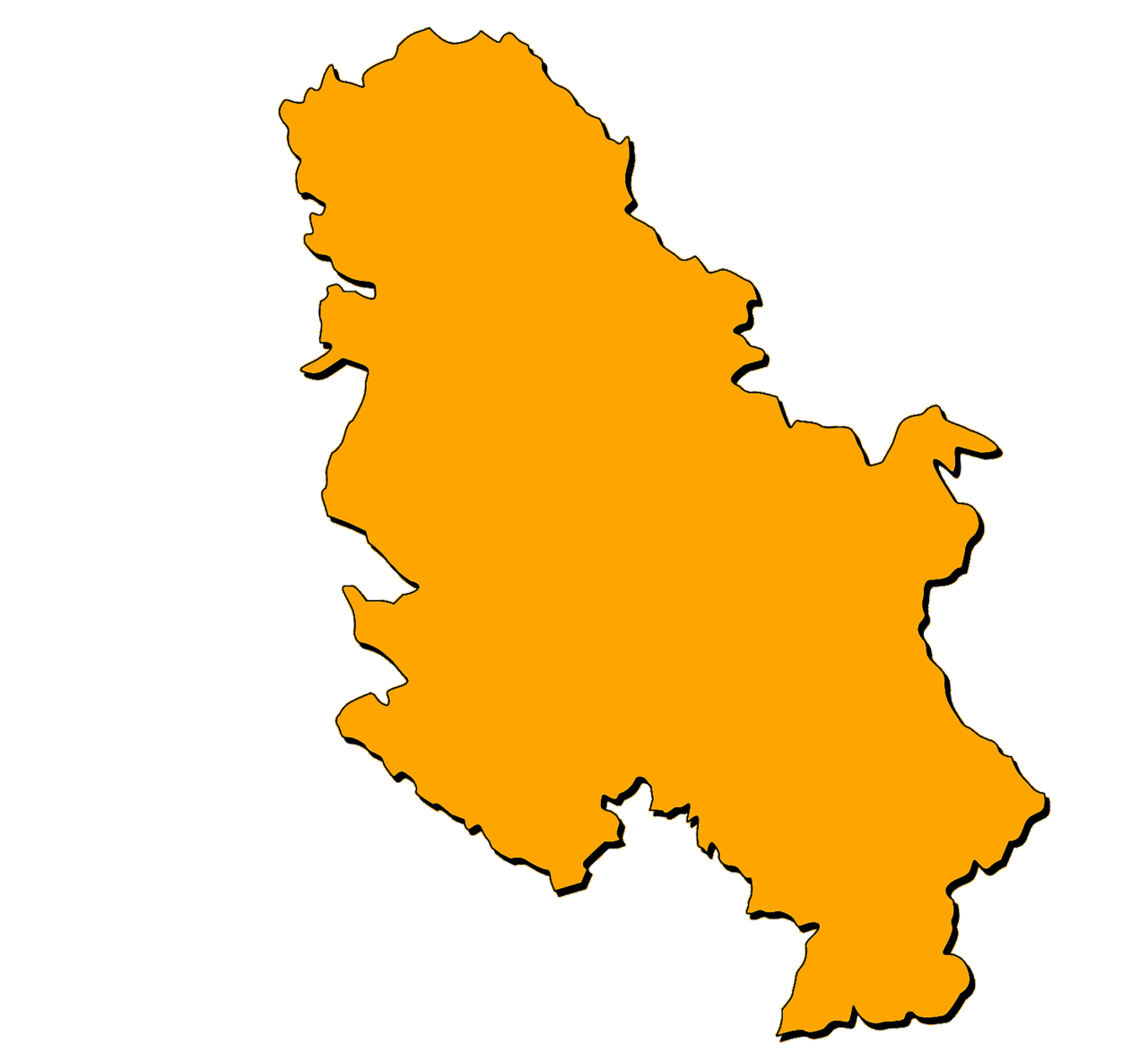
- Depending on winter weather conditions
- From 1.11. - 01.04.
- Winter tires are mandatory up to 3,5 tons
- M+S marking
- Min. tread depth 4,0 mm
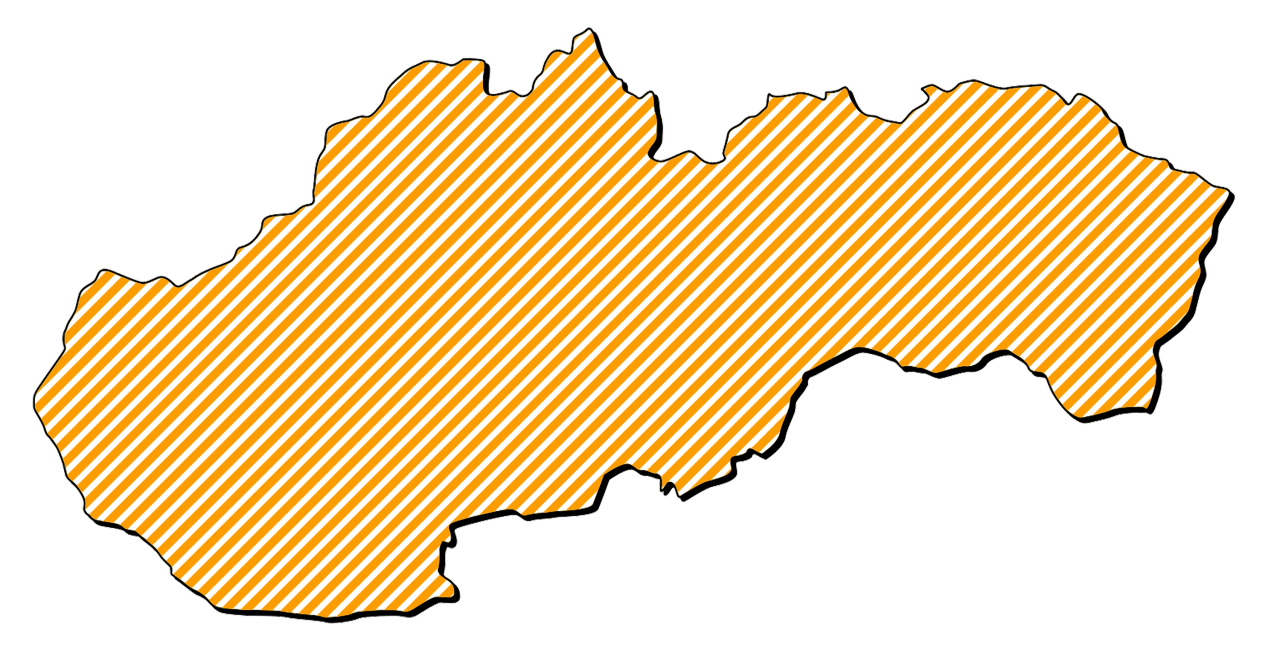
- Depending on winter weather conditions
- From 15.11. - 31.3.
- Valid up to 3,5 t vehicle weight
- M+S marking
- Min. tread depth 3,0 mm
- Snow chains must be used if signs indicate and can be used if winter condition
- Forbidden to use spike tires
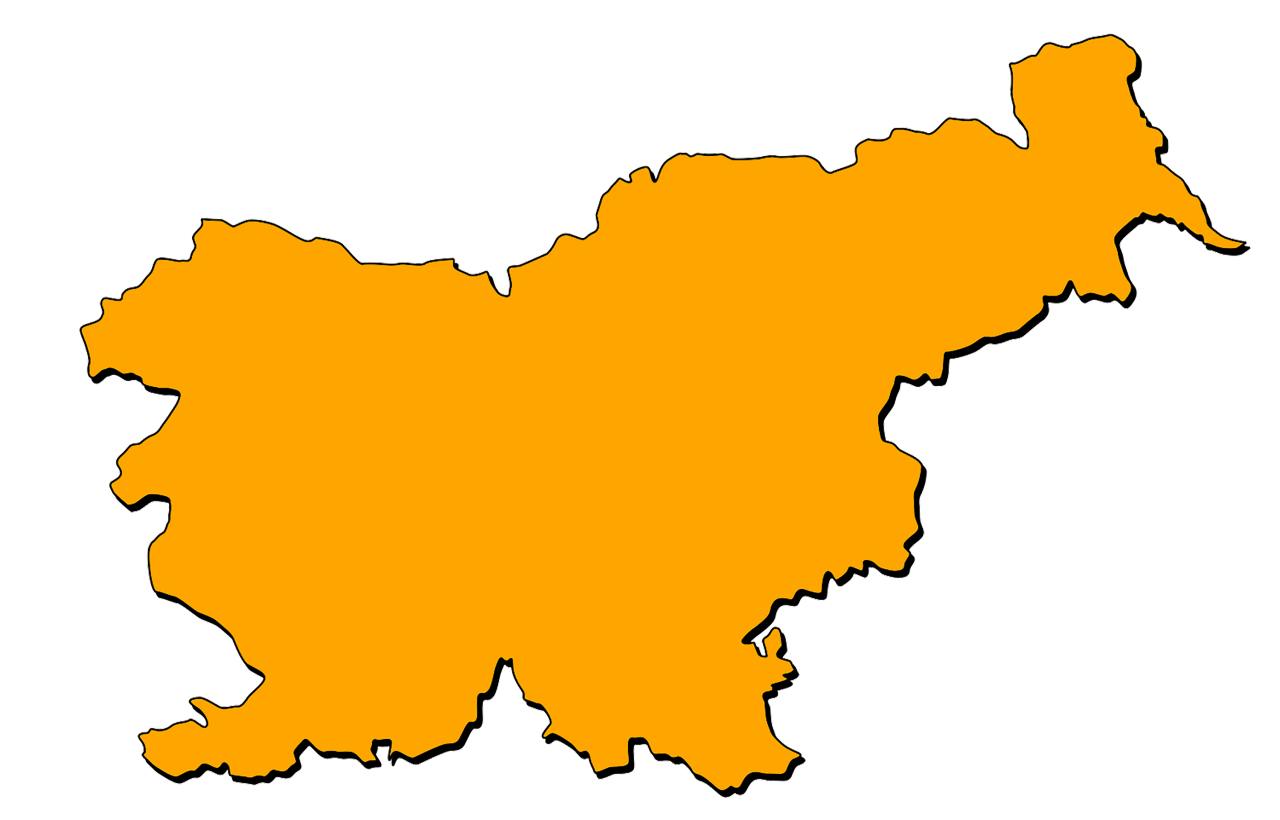
- Winter tires mandatory from 15.11.-15.03.
- Valid up to 3,5 tons vehicle weight
- M+S marking
- Min. tread depth 3,0 mm
- Studs not allowed
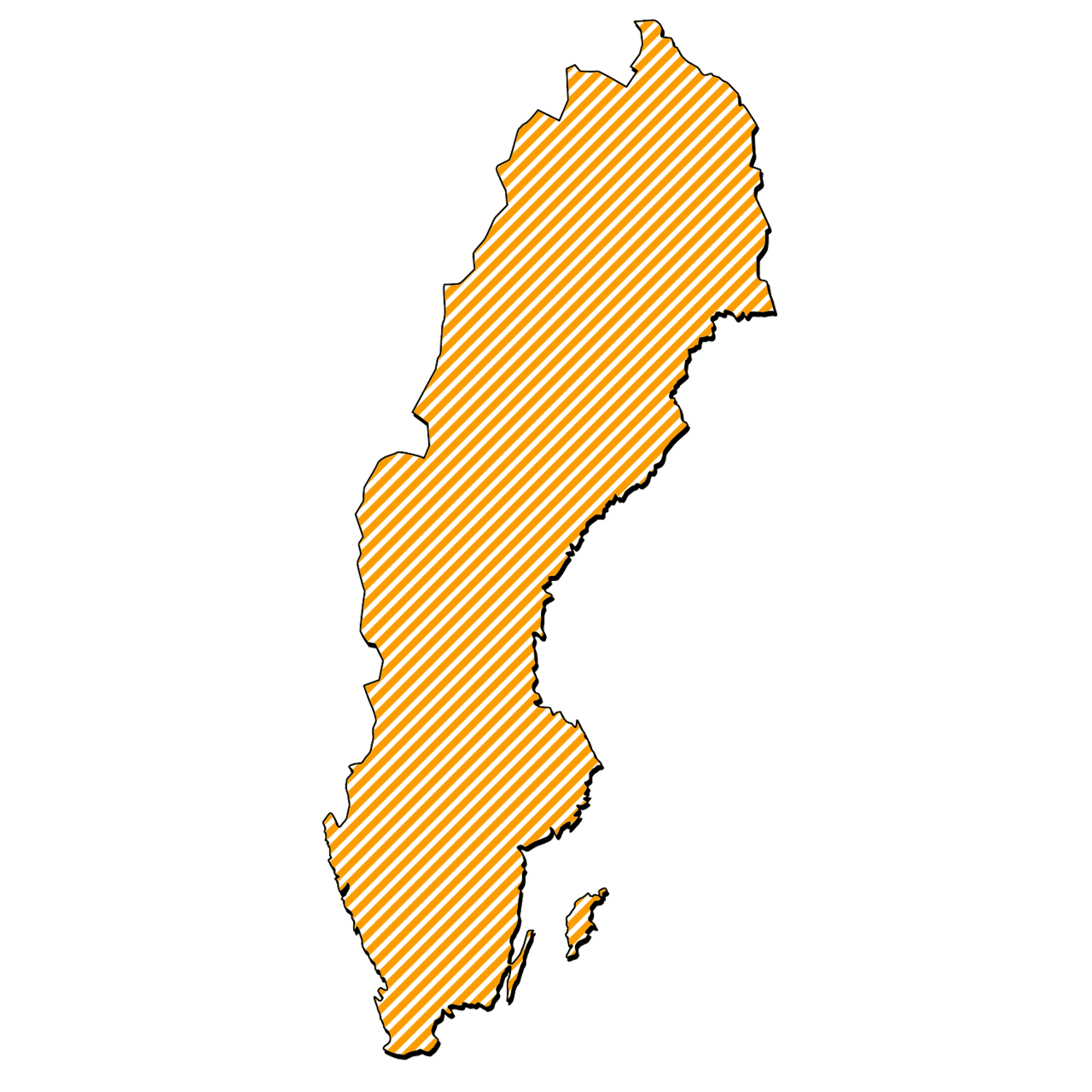
- Depending on winter weather conditions from 01.12. - 31.03.
- Valid up to 3,5 tons vehicle weight
- M+S marking
- Min. tread depth 3,0 mm
- Studded tires allowed from 01.11. – 15.4.
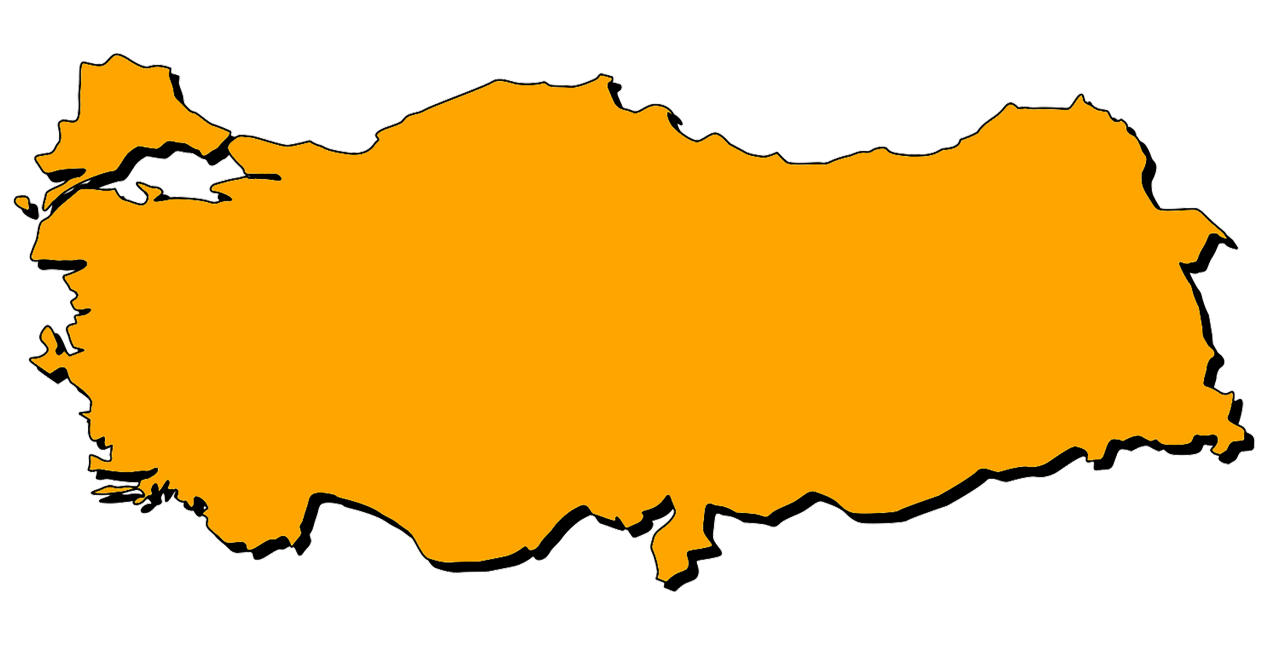
- Winter tires are mandatory from 01.12. - 01.04.
- Valid for just commercial vehicles (including taxi, light trucks, trucks, buses)
- Min. tread depth 1,6 mm
- M+S marking
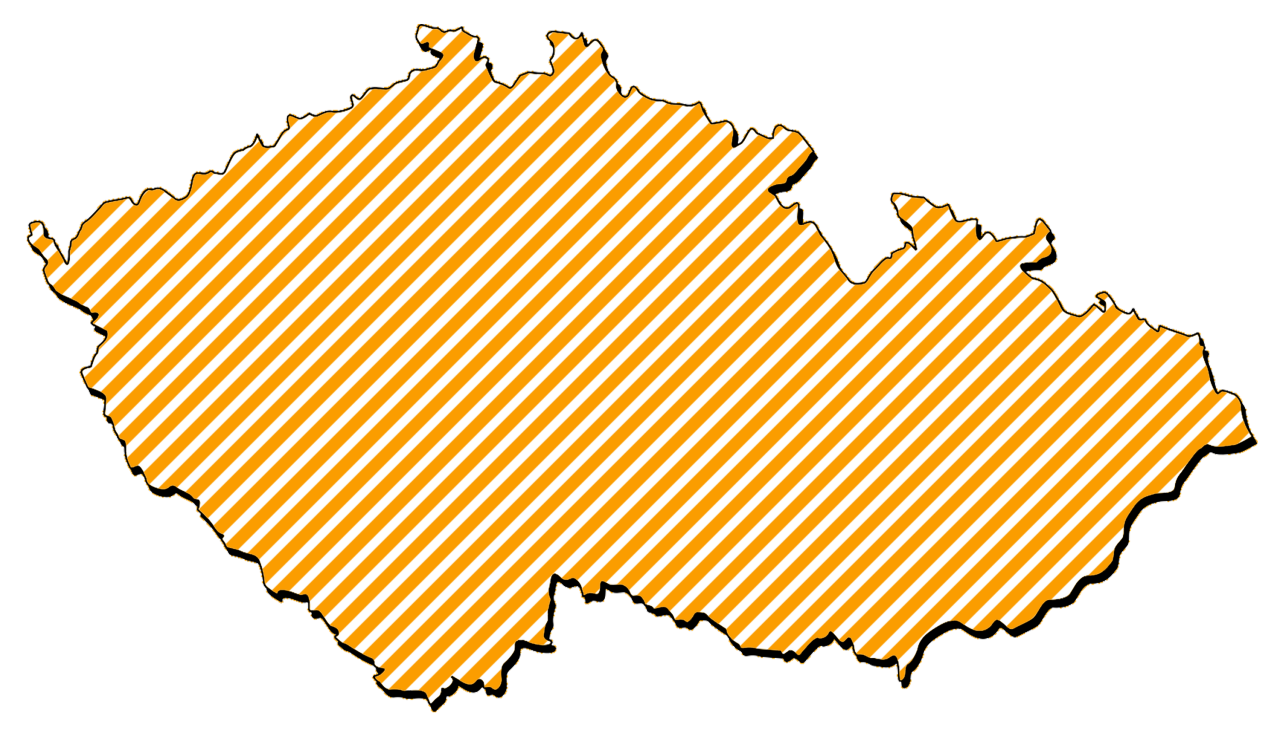
- Situationally depending on winterly road conditions from 1.11. - 31.3.
- M+S marking
- Min. tread depth 4,0 mm
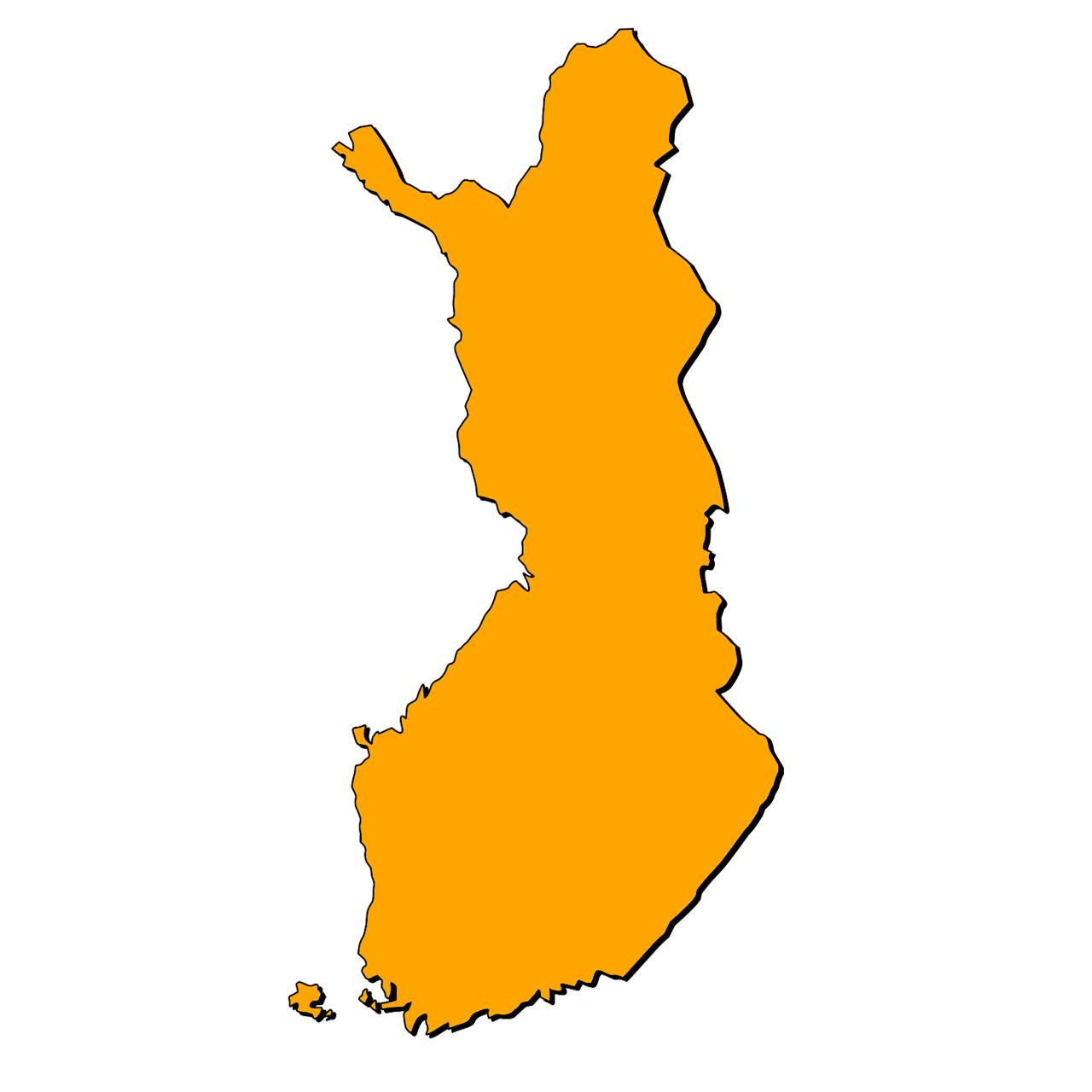
- Mandatory to use winter tires 1.11. - 31.03., if road conditions require it
- Min. tread depth 3,0 mm
- Studded tires can be used from 1.11. - 31.03. or first Monday after Easter, outside this time can be used if "winter" conditions
- Valid up to 3,5 t vehicle weight
- M+S marking
- Tires with M + S marking can still be used until November 30th, 2024. Thereafter, only tires with the Alpine symbol (3PMSF) or studded tires are considered winter tires
Πότε πρέπει να αλλάξετε σε χειμερινά ελαστικά;
Οι περισσότερες ευρωπαϊκές χώρες έχουν ορισμένους κανονισμούς είτε καθιστούν υποχρεωτικά τα χειμερινά ελαστικά είτε απαιτούν την περιστασιακή χρήση χειμερινών ελαστικών. Ως γενικός κανόνας, συνιστάται η χρήση ελαστικών χιονιού μεταξύ 1ης Οκτωβρίου και 30 Απριλίου ή από το φθινόπωρο έως το Πάσχα. Ωστόσο, σε ορισμένες χώρες, οι νόμοι για τα χειμερινά ελαστικά σάς λένε ακριβώς πότε πρέπει να κάνετε εποχιακές αλλαγές ελαστικών. Εάν δεν είστε βέβαιοι, μιλήστε με τον τοπικό ειδικό ελαστικών, θα είναι ενημερωμένοι για τις πιο πρόσφατες απαιτήσεις και αλλαγές.
Άλλες υποχρεωτικές απαιτήσεις για ελαστικά
Είτε έχετε ελαστικά για όλες τις εποχές είτε χειμερινά, υπάρχουν ki άλλα πράγματα που πρέπει να λάβετε υπόψη για να διασφαλίσετε τη βέλτιστη ασφάλεια του οχήματος και την απόδοση των ελαστικών στο χιόνι. Και πάλι, κάθε χώρα έχει μικρές παραλλαγές, οπότε ελέγξτε τη λίστα ή ρωτήστε τον ειδικό των ελαστικών σας. Για παράδειγμα, σε ορισμένες περιοχές, το βάθος πέλματος του χειμερινού ελαστικού πρέπει να είναι τουλάχιστον 1,6 mm, ενώ σε άλλες, το βάθος πέλματος του ελαστικού πρέπει να είναι 4 mm. Λάβετε πάντα υπόψη τους νομικούς κανονισμούς της χώρας σας και λάβετε υπόψη ότι η απόδοση των ελαστικών, ειδικά σε βρεγμένες επιφάνειες, μειώνεται με το βάθος του πέλματος. Για να διασφαλίσετε αξιόπιστη πρόσφυση και εξαιρετική πρόσφυση σε επιφάνειες καλυμμένες με χιόνι και πάγο, τα ελαστικά σας πρέπει να έχουν πάντα αρκετό πέλμα. Επιπλέον, τα ελαστικά σας θα πρέπει να έχουν τη σωστή πίεση ελαστικών για να διασφαλιστεί ότι το όχημά σας μπορεί να φρενάρει στο χιόνι και τον πάγο με καλή πρόσφυση, πρόσφυση και χειρισμό.

Σχετικό περιεχόμενο
-
 2025/05/05Ο καιρός αλλάζει κατά τη διάρκεια του έτους, γεγονός που επηρεάζει τις συνθήκες οδήγησης στο δρόμο. Τοποθετήστε το αυτοκίνητό σας με ελαστικά που θα σας προσφέρουν τη μεγαλύτερη αυτοπεποίθηση.θερινά vs χειμερινά ελαστικάΜάθετε περισσότερα
2025/05/05Ο καιρός αλλάζει κατά τη διάρκεια του έτους, γεγονός που επηρεάζει τις συνθήκες οδήγησης στο δρόμο. Τοποθετήστε το αυτοκίνητό σας με ελαστικά που θα σας προσφέρουν τη μεγαλύτερη αυτοπεποίθηση.θερινά vs χειμερινά ελαστικάΜάθετε περισσότερα -
 2025/05/05Βεβαιωθείτε ότι έχετε τις κατάλληλες προμήθειες για το χειμώνα με τη λίστα ελέγχου του χειμερινού κιτ αυτοκινήτου.Πώς να προετοιμάσετε το αυτοκίνητό σας για το χειμώναΜάθετε περισσότερα
2025/05/05Βεβαιωθείτε ότι έχετε τις κατάλληλες προμήθειες για το χειμώνα με τη λίστα ελέγχου του χειμερινού κιτ αυτοκινήτου.Πώς να προετοιμάσετε το αυτοκίνητό σας για το χειμώναΜάθετε περισσότερα